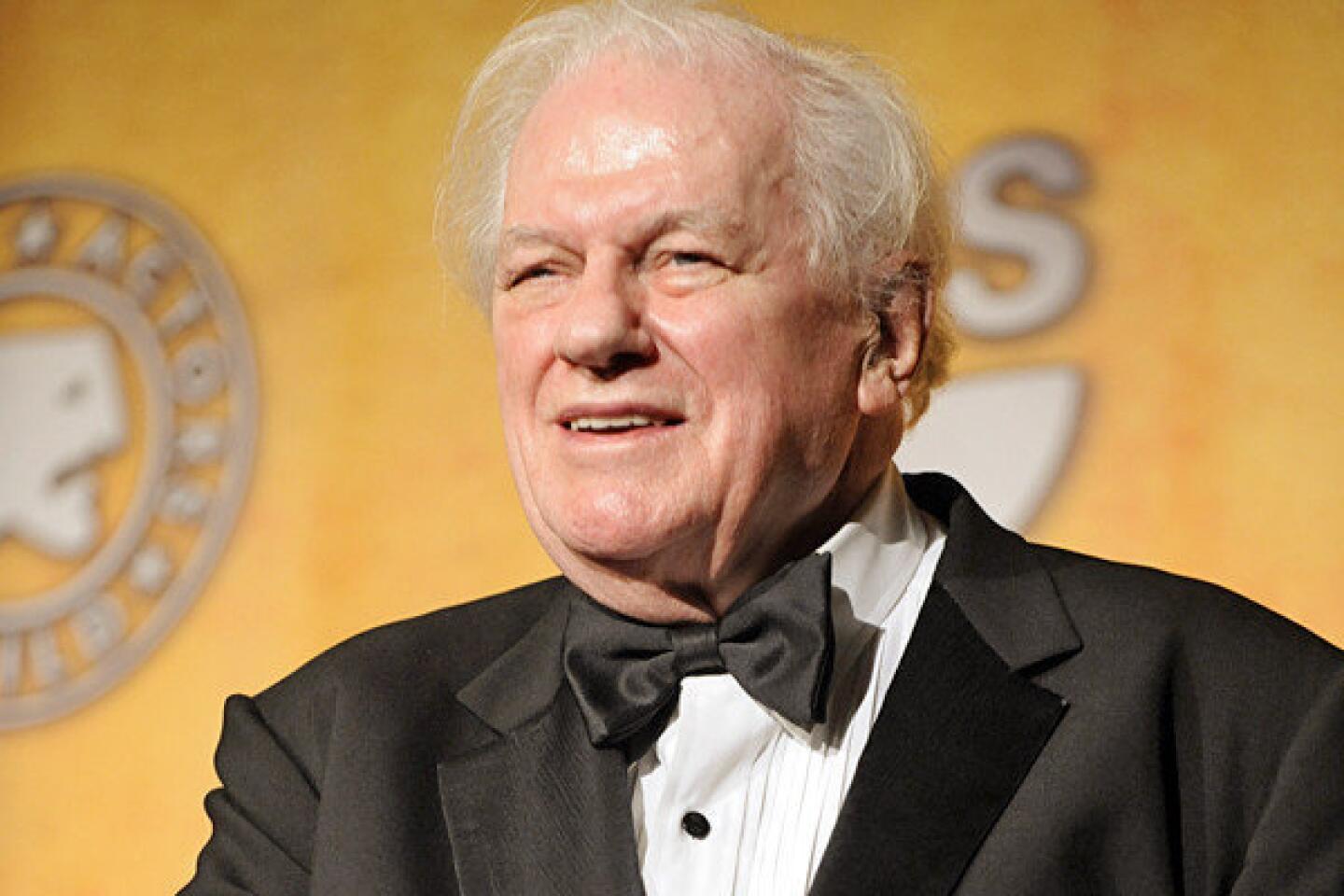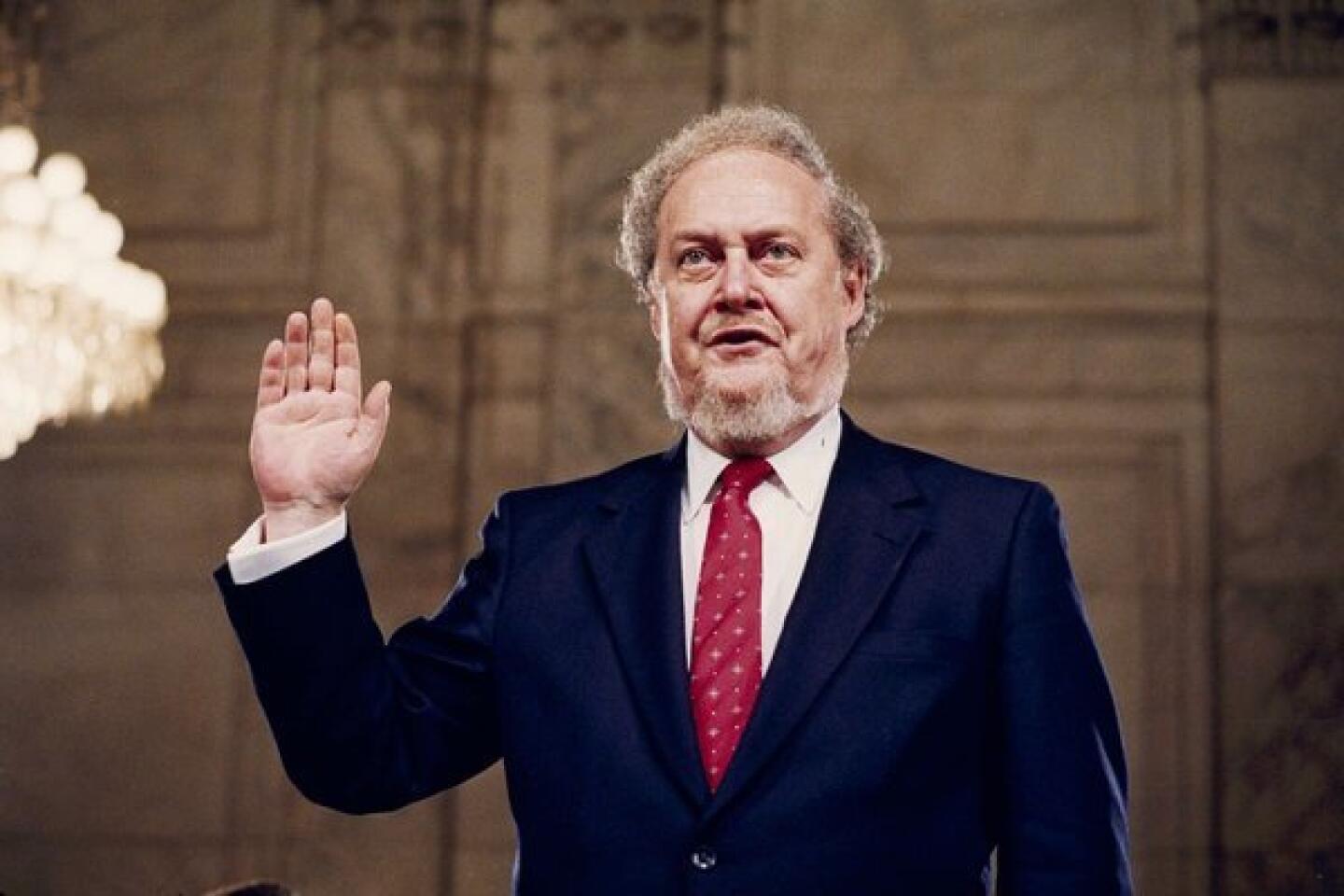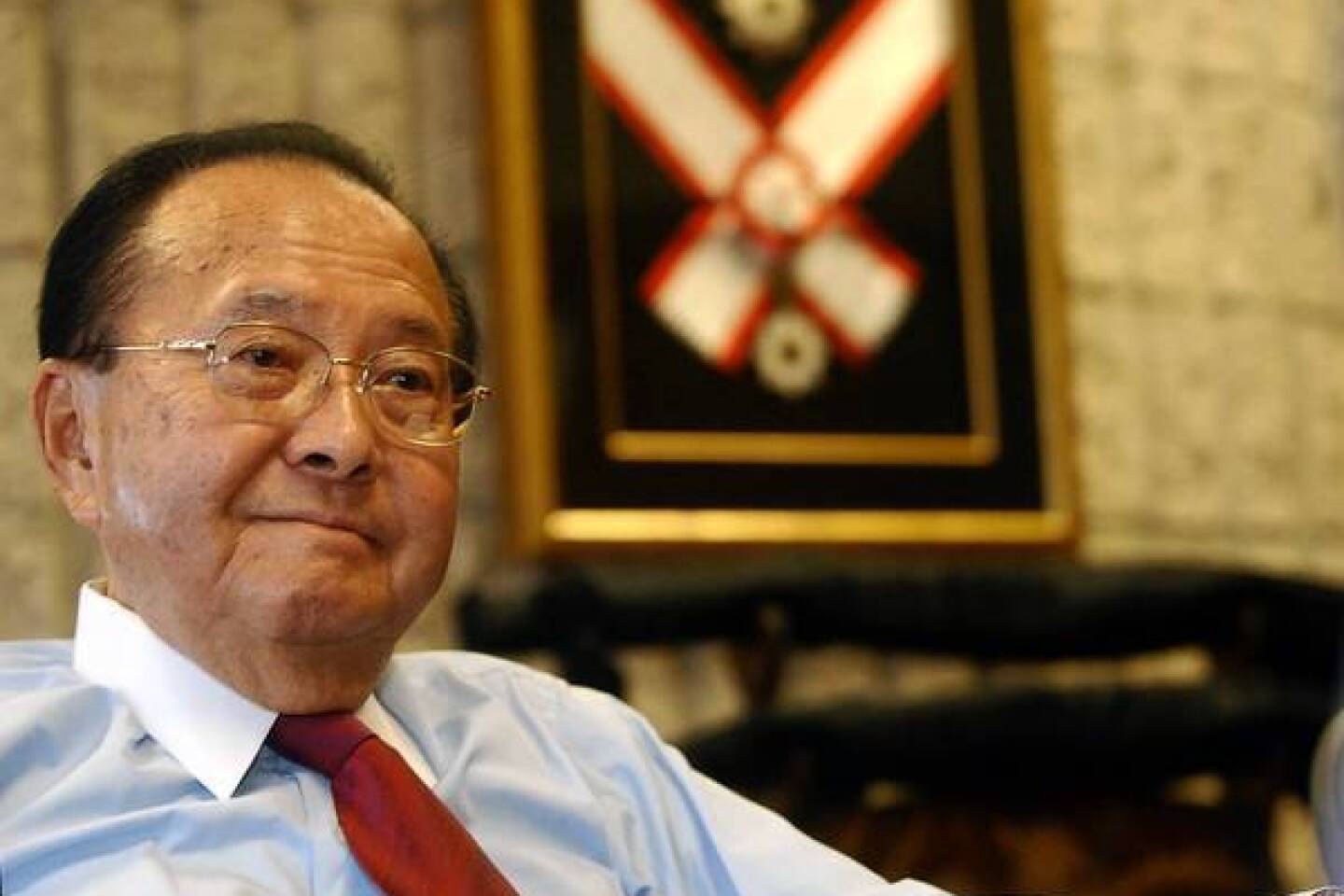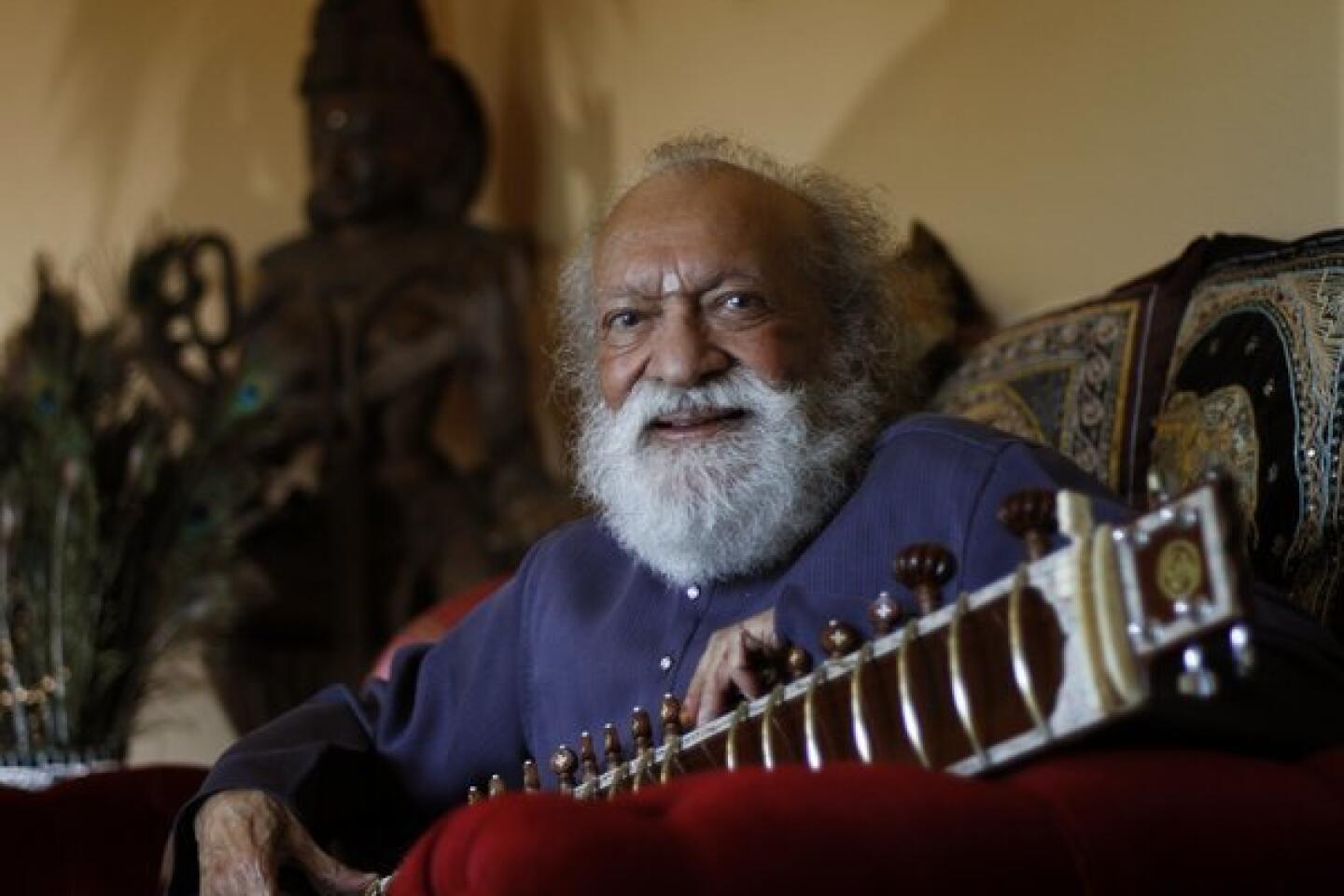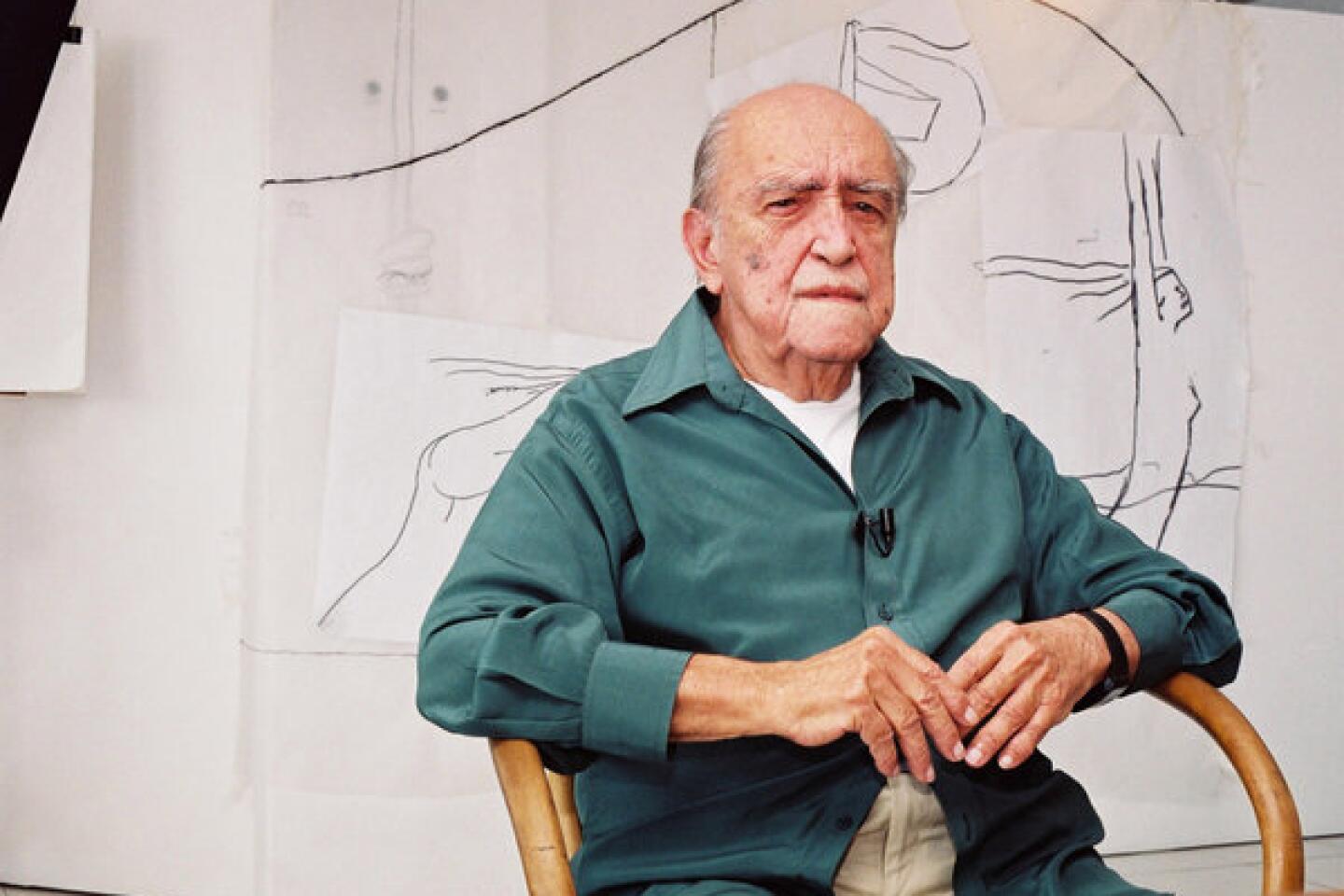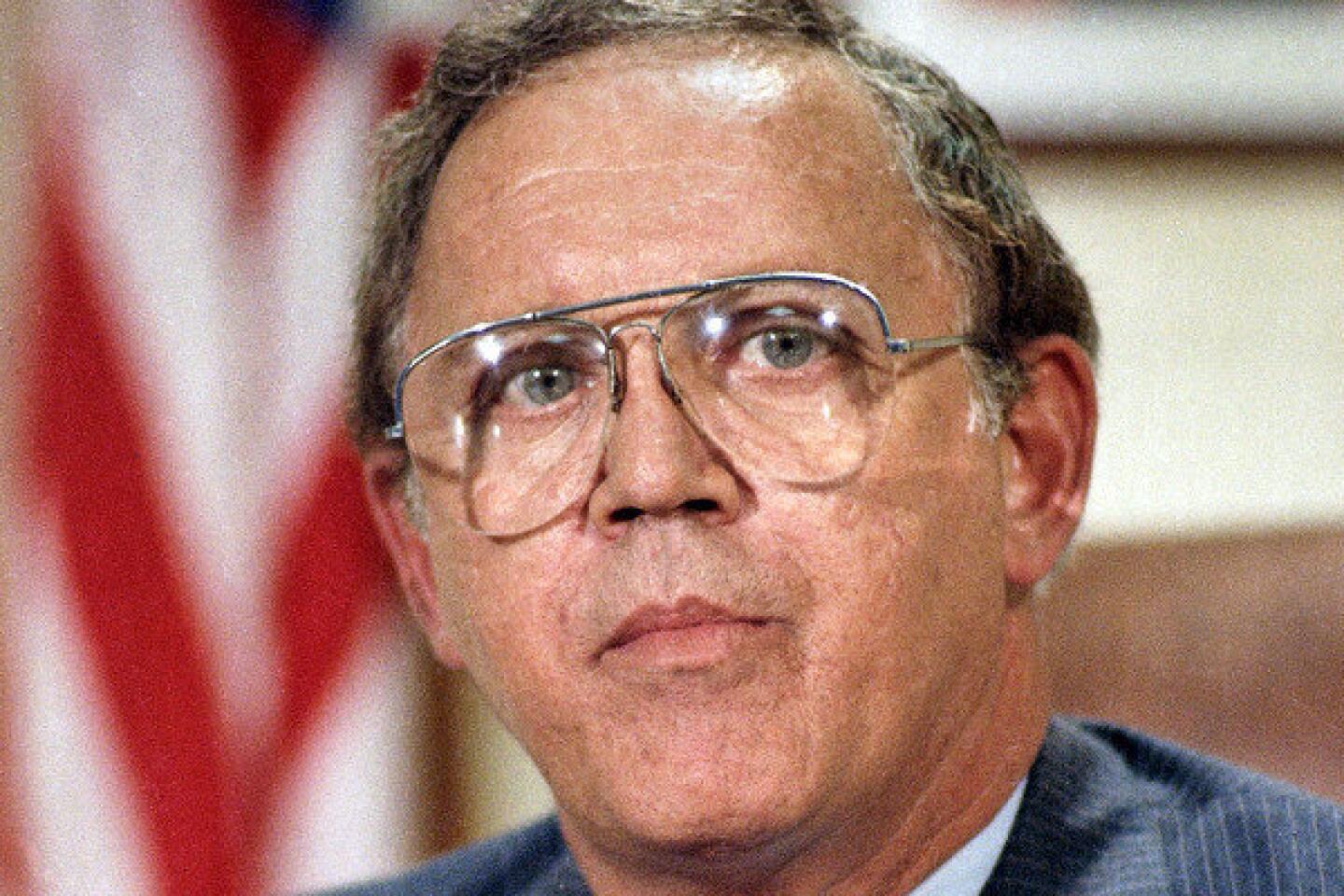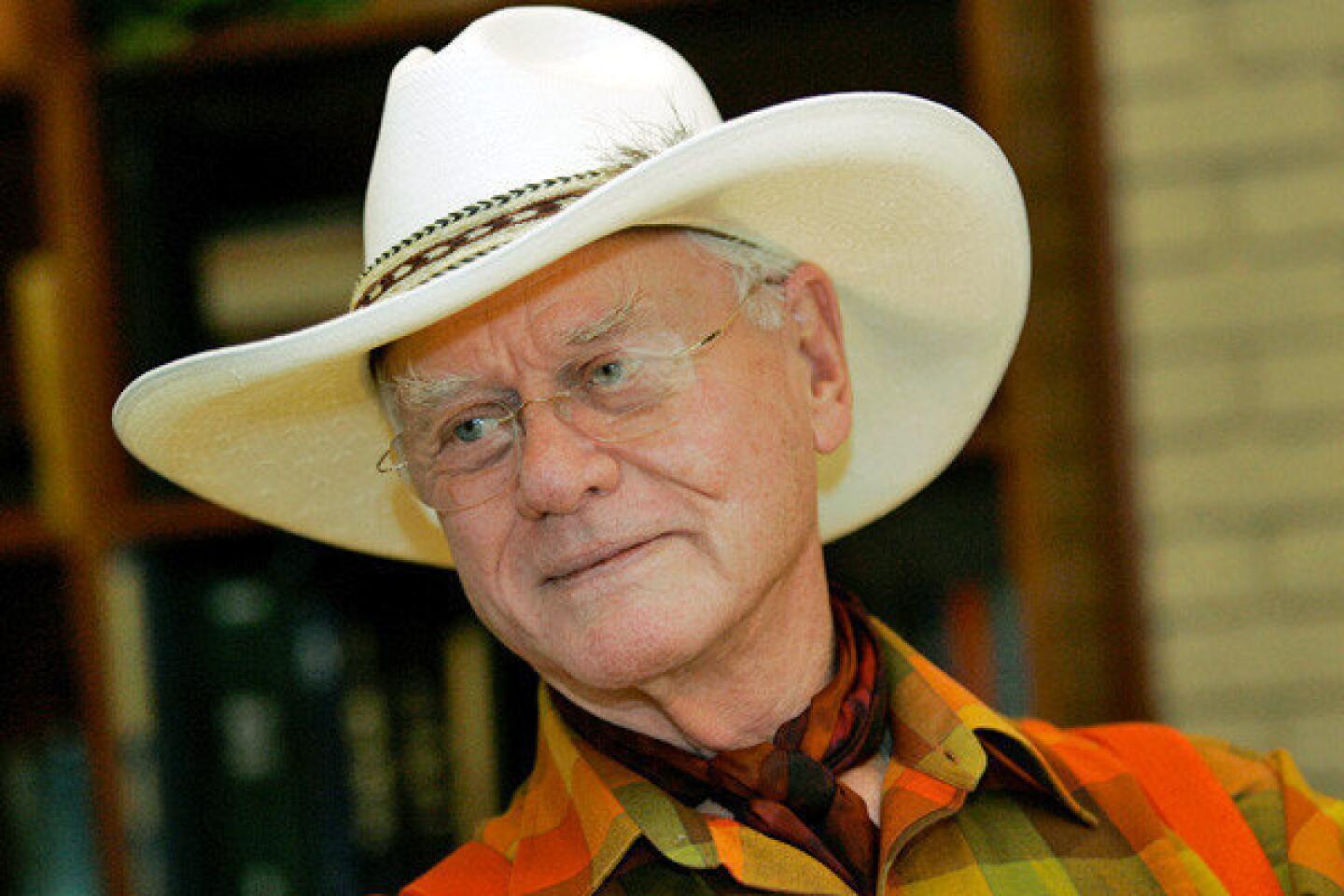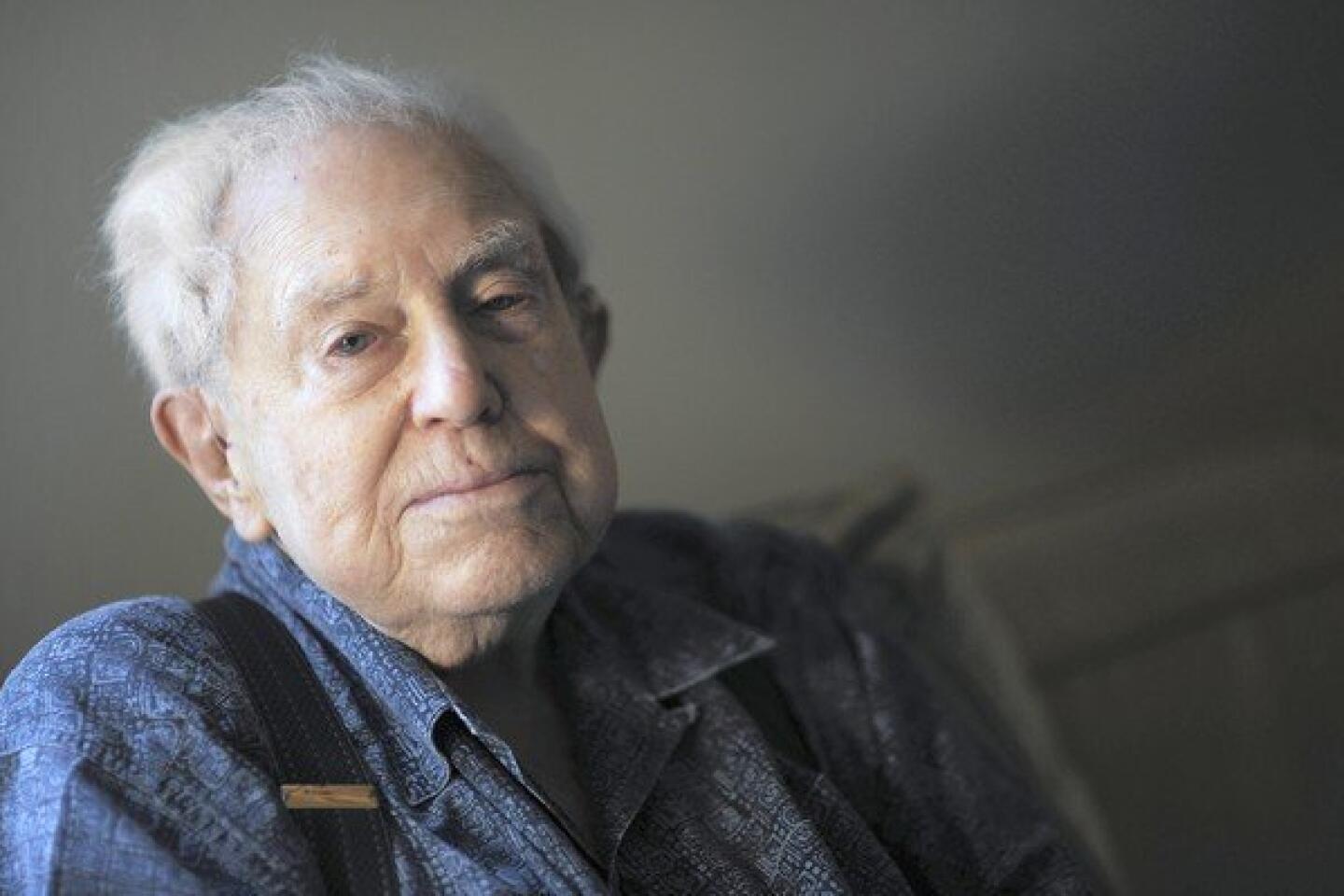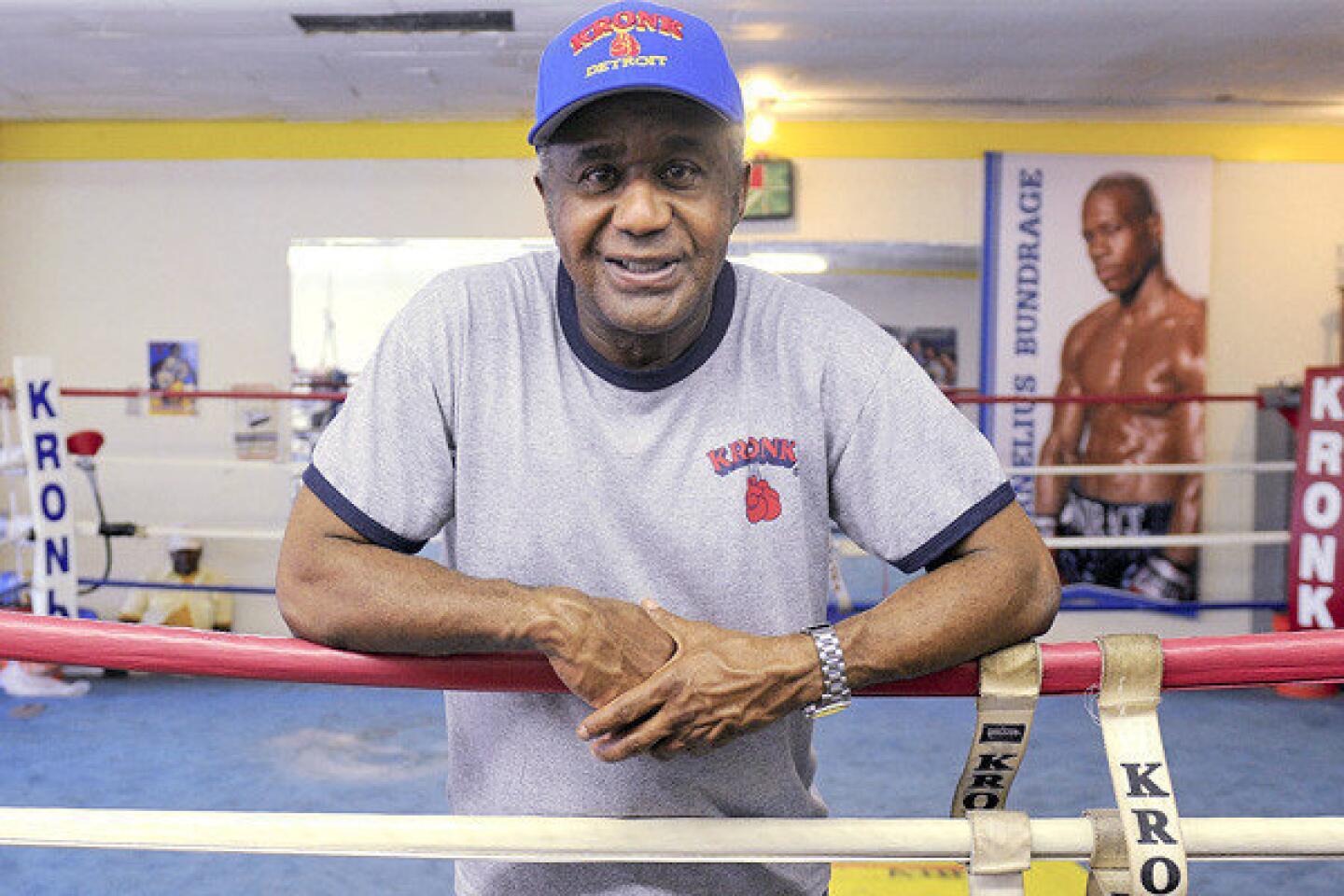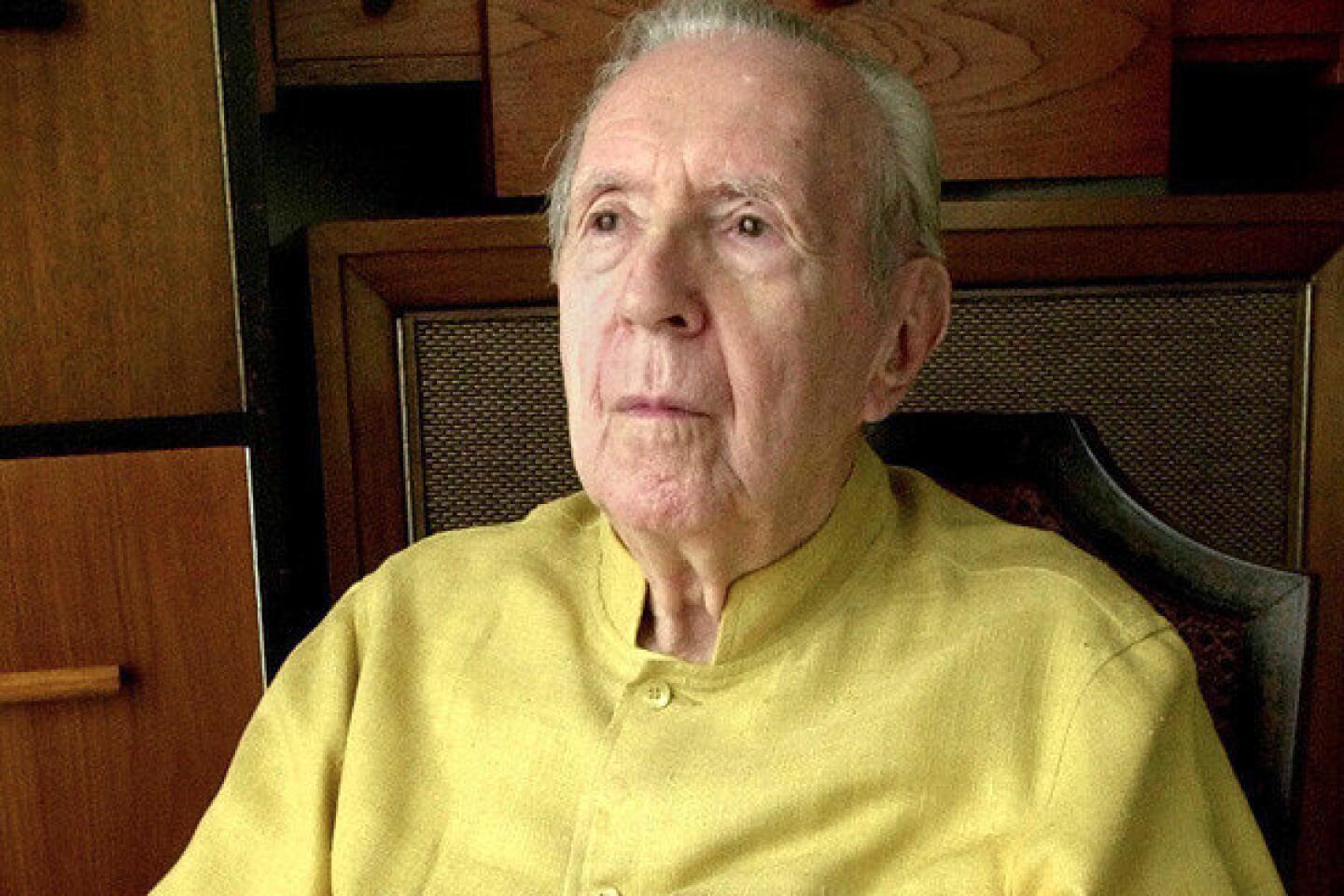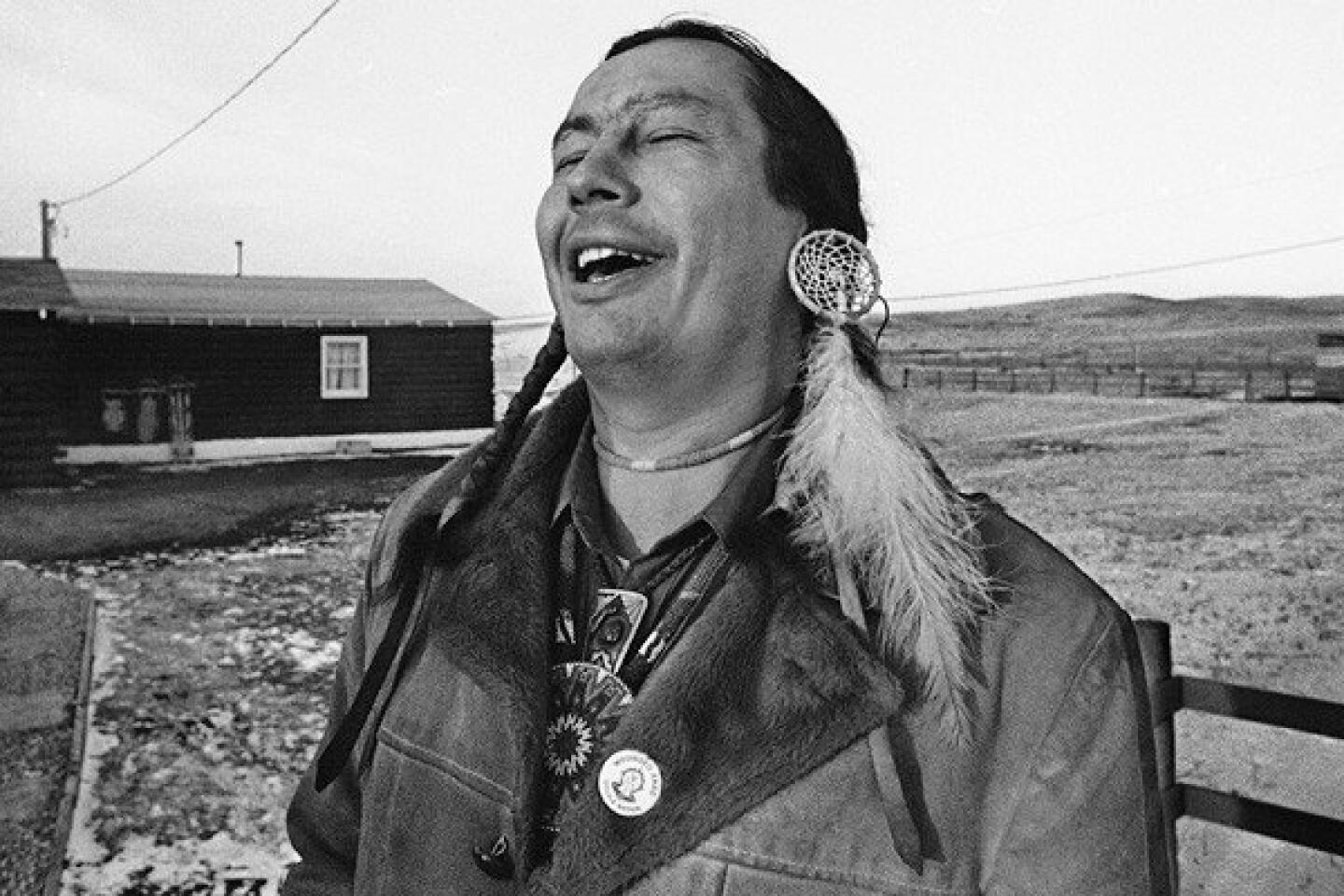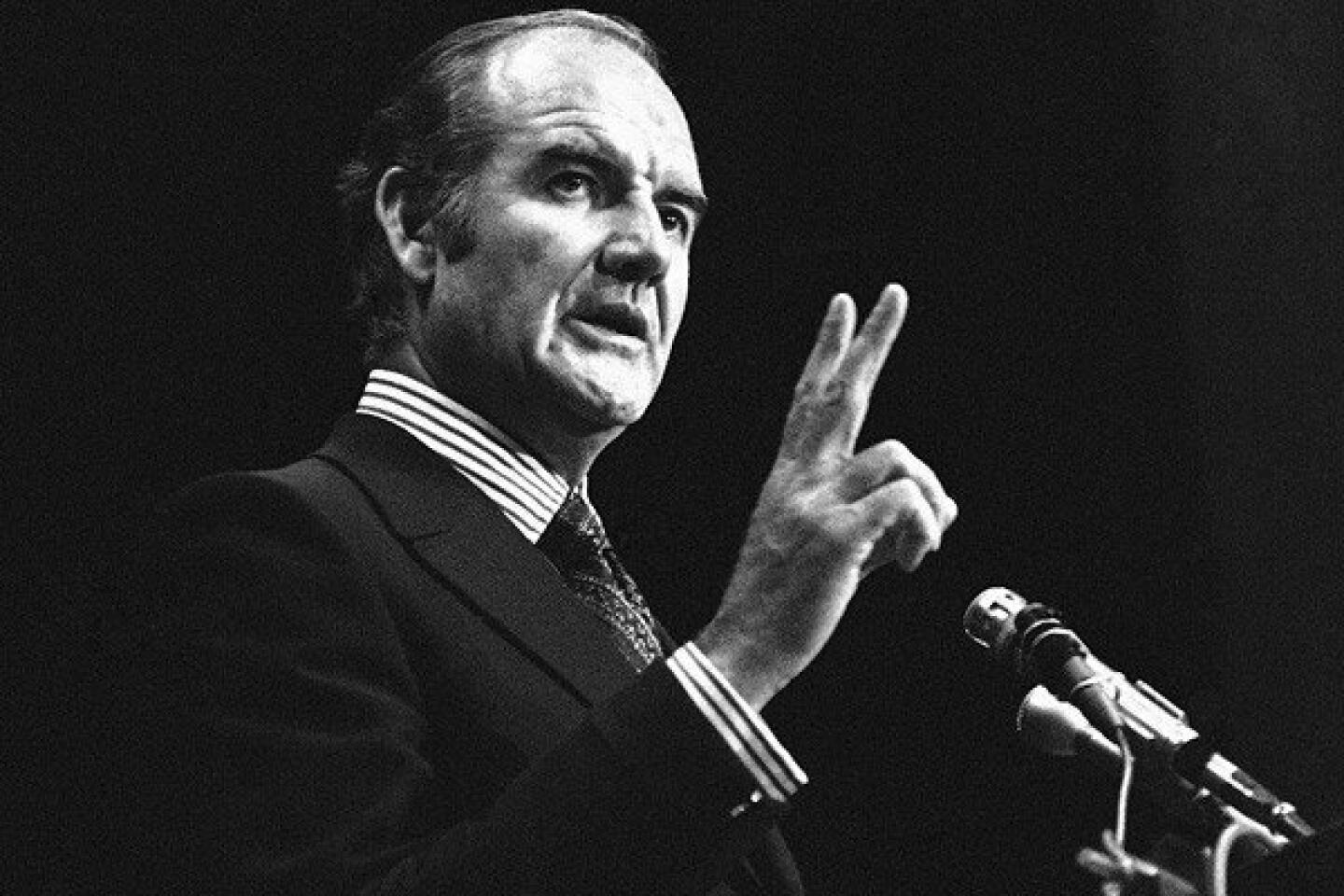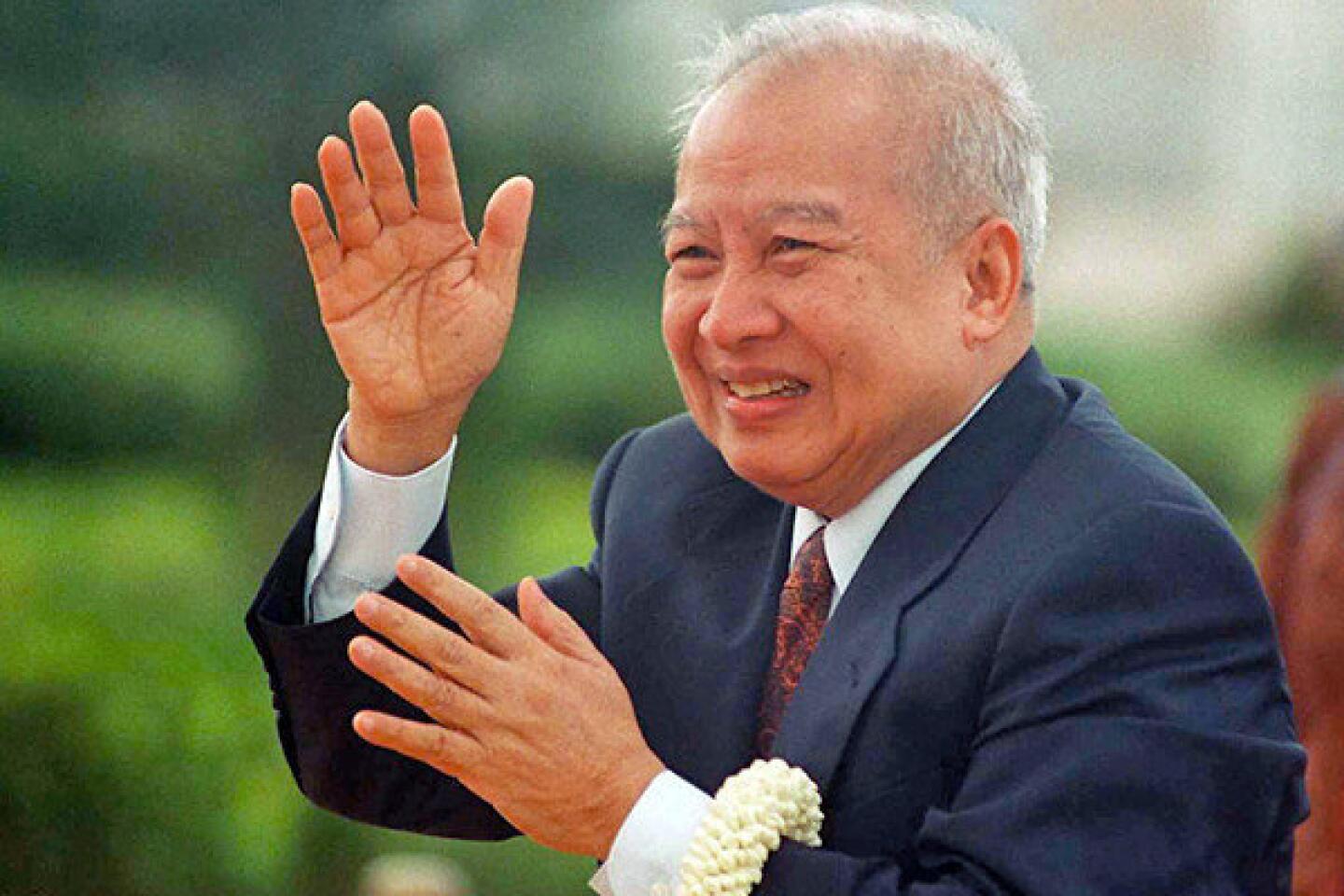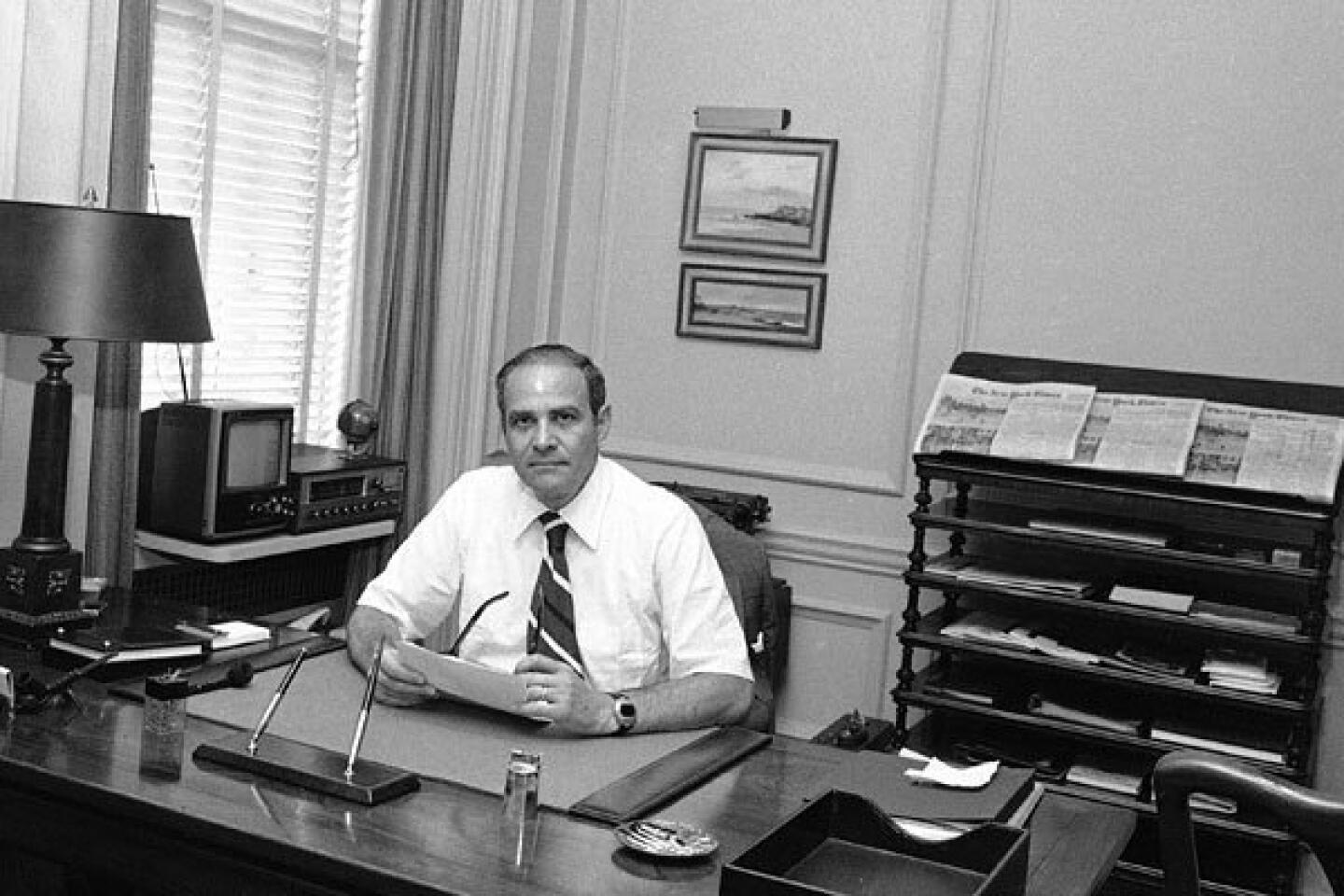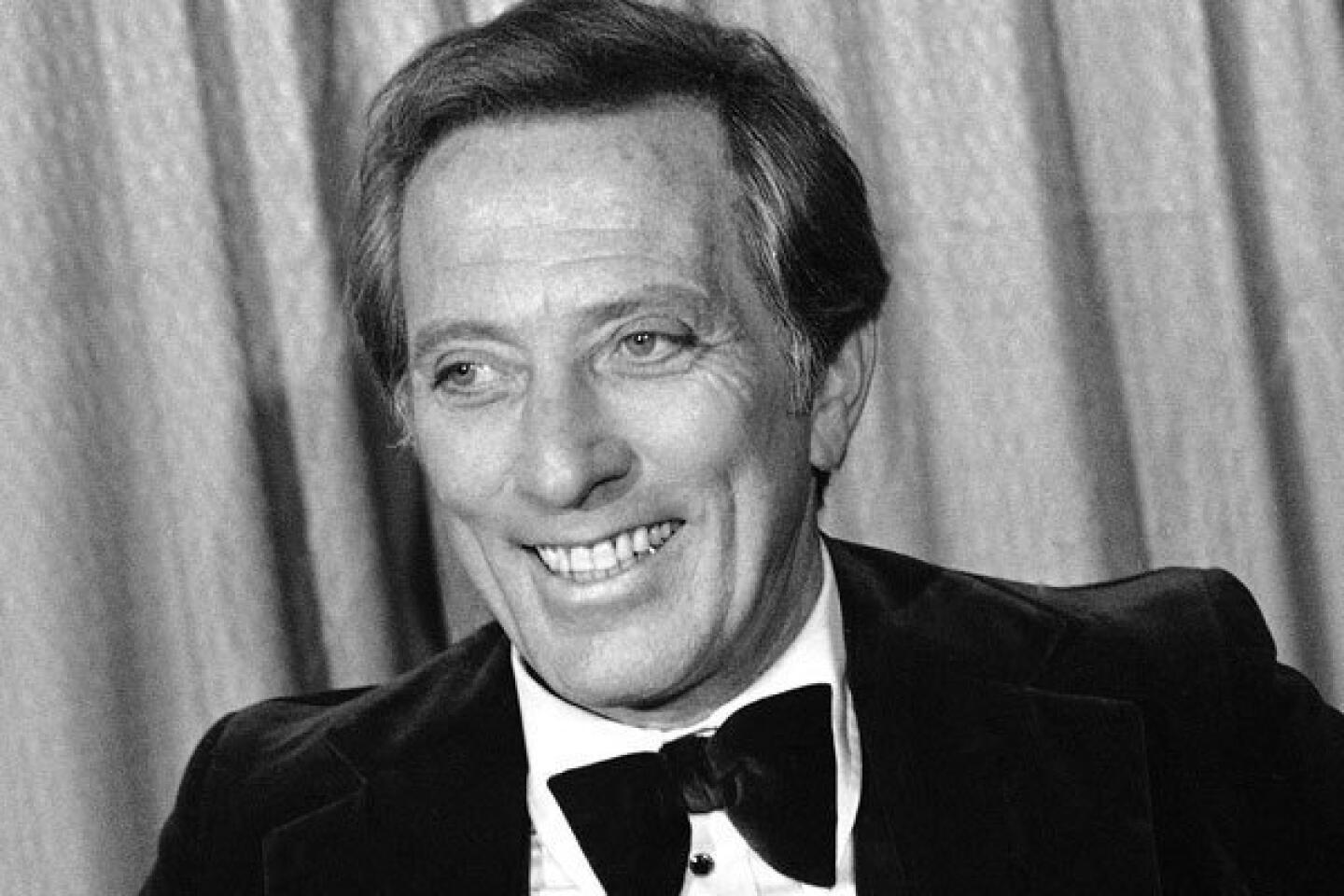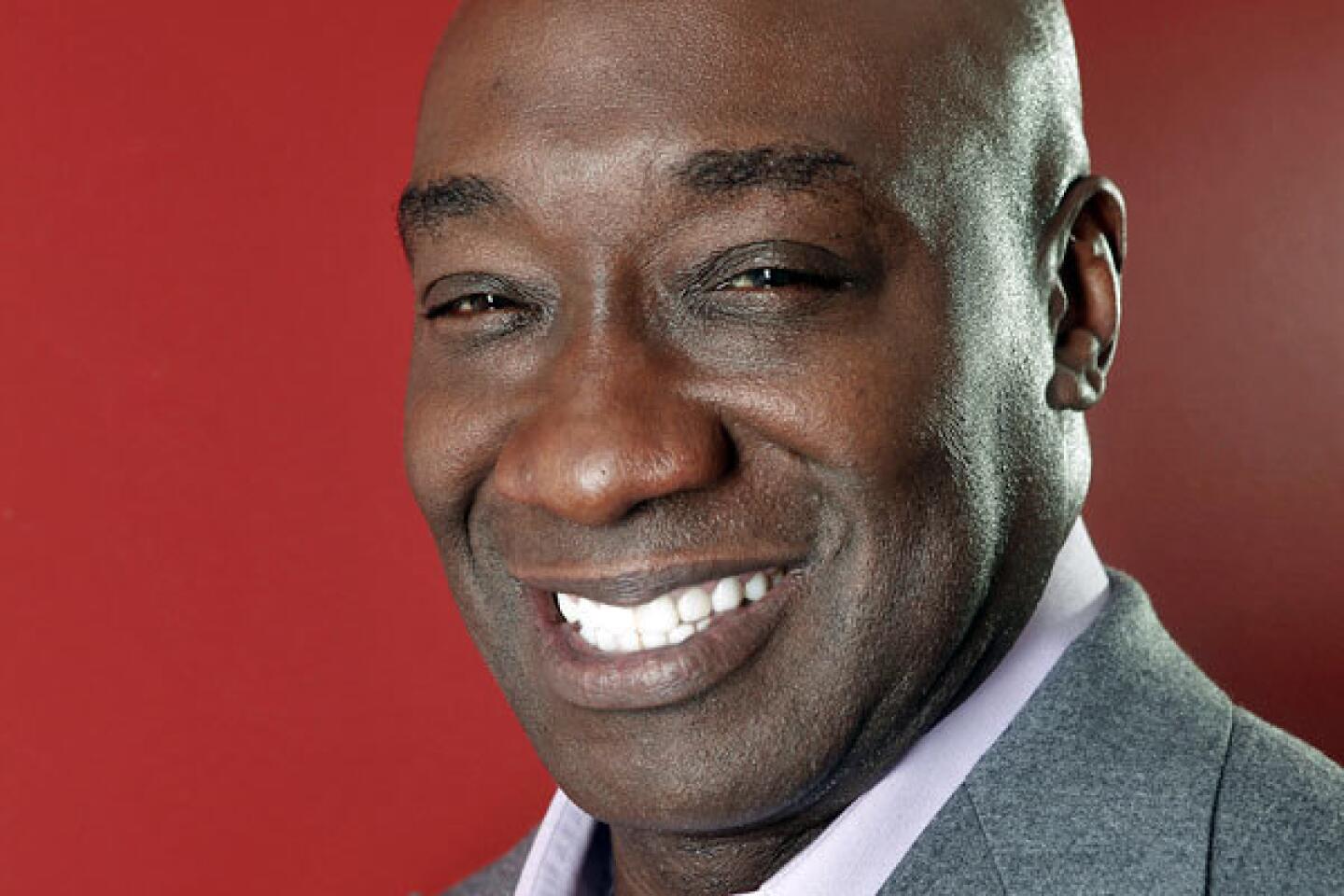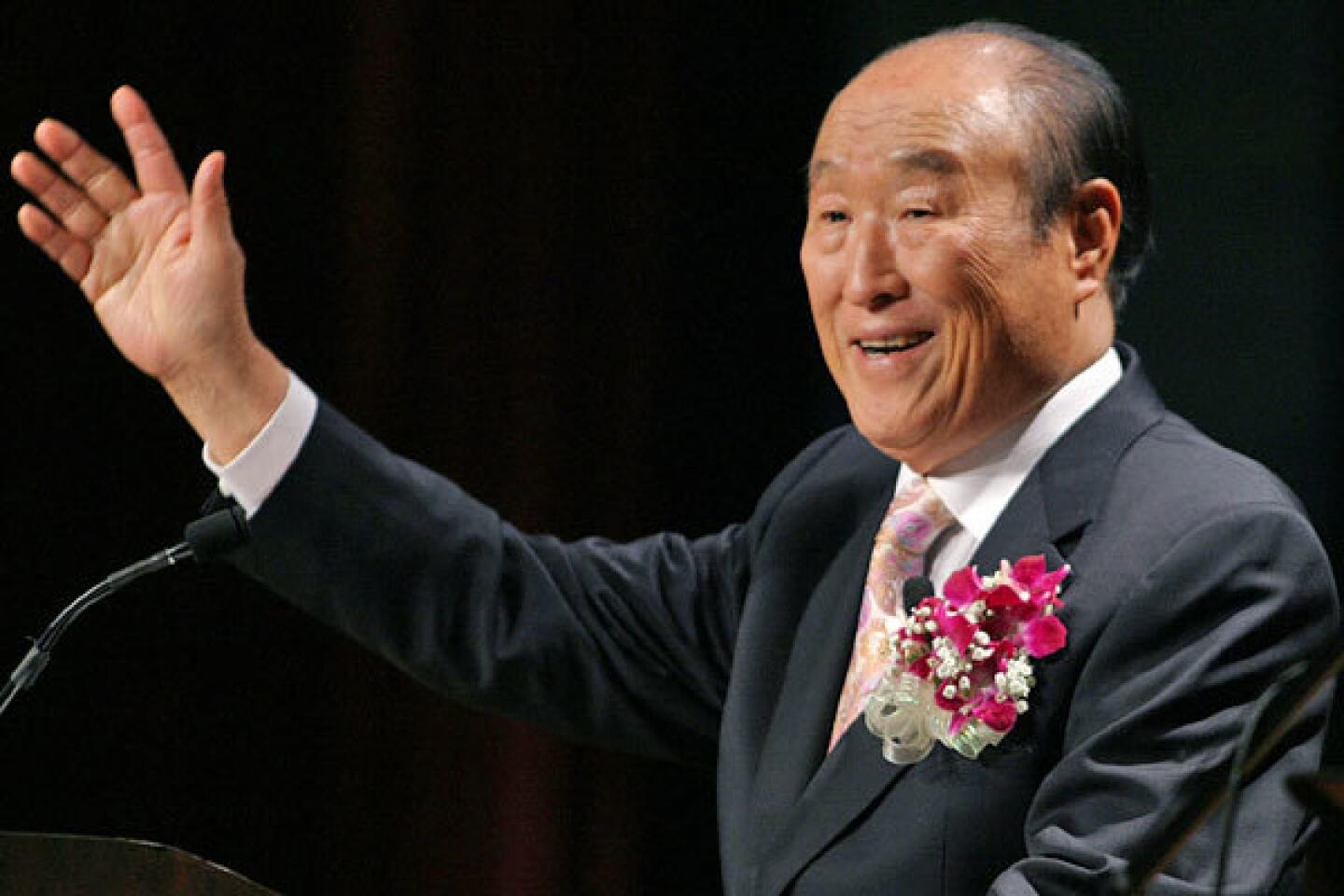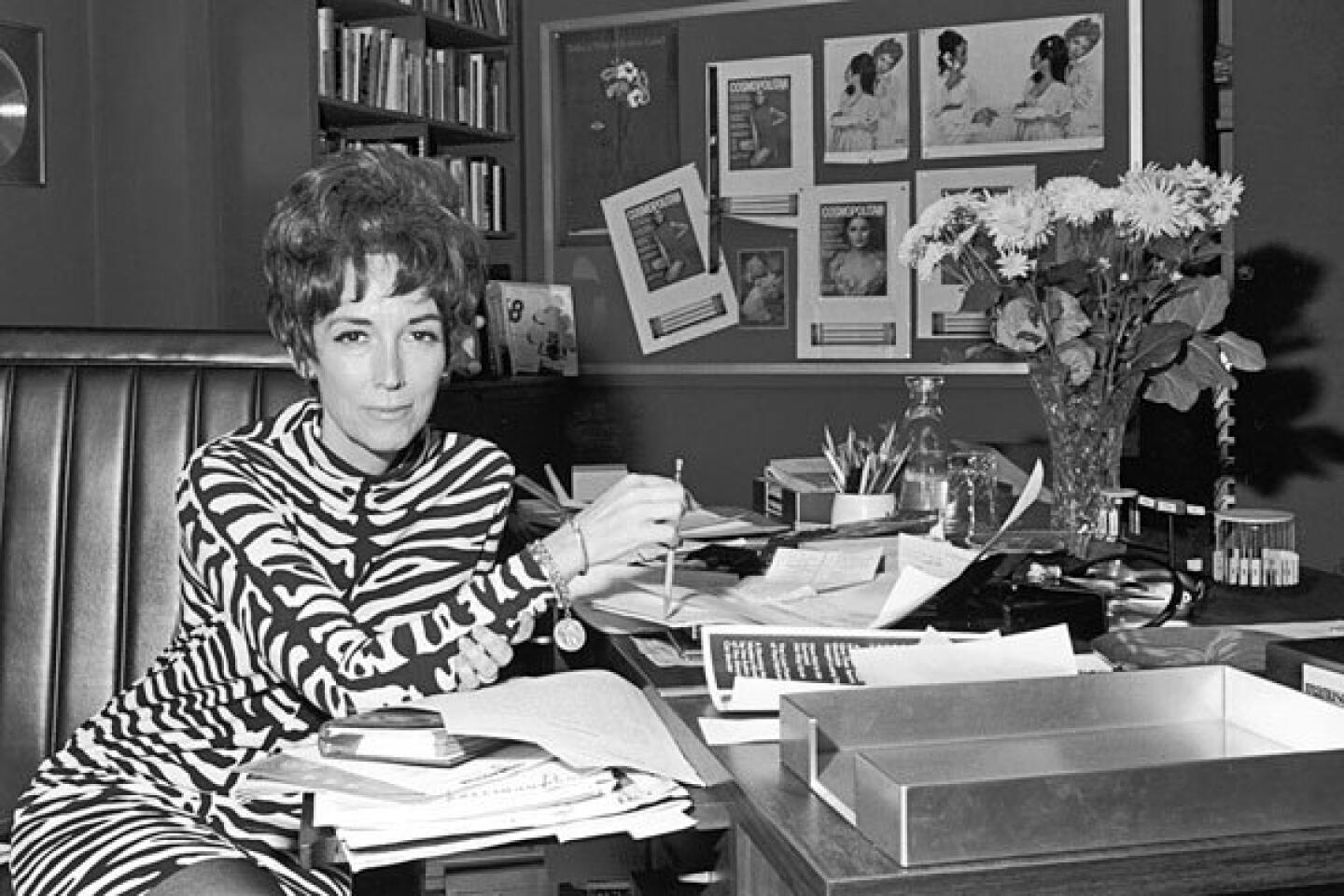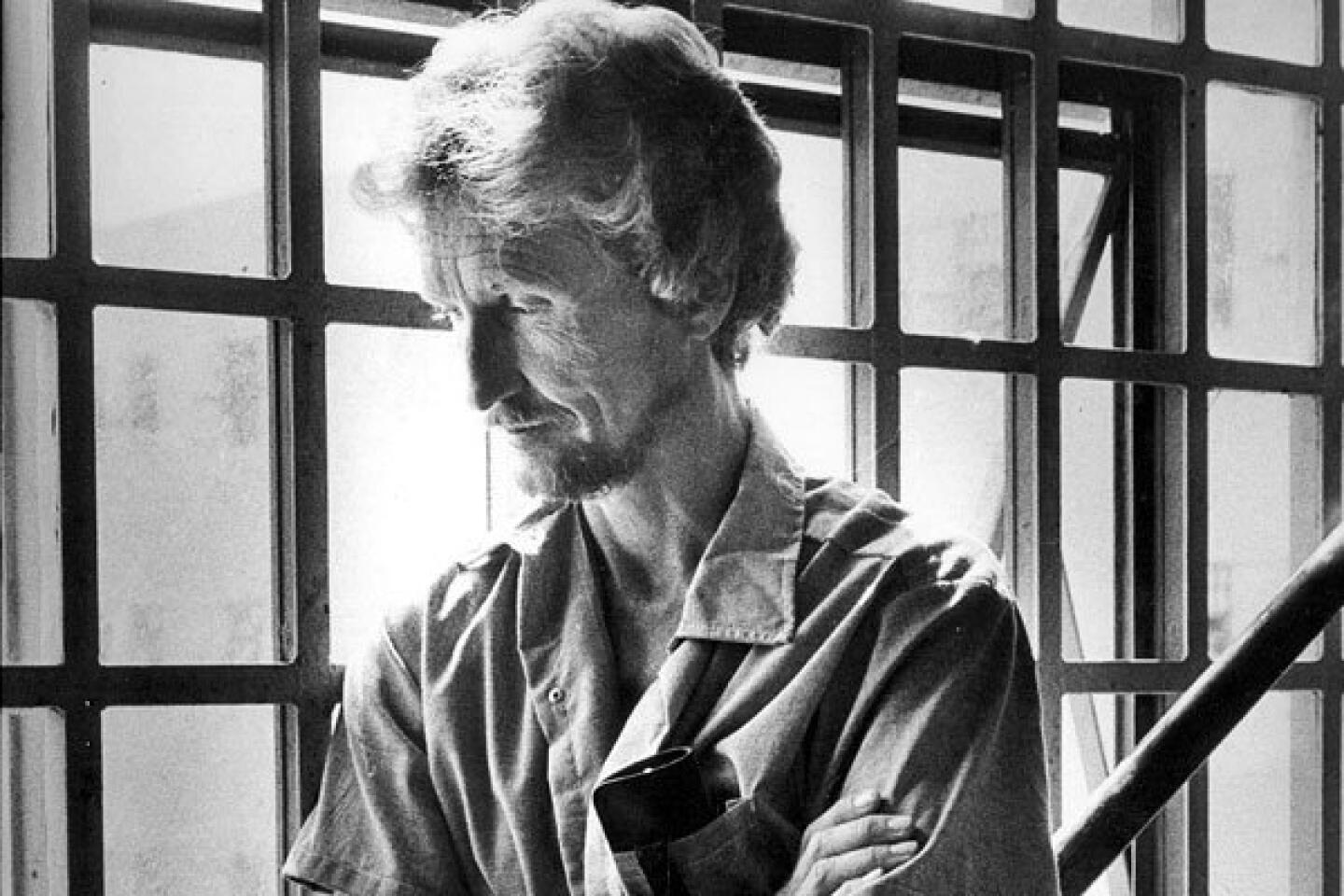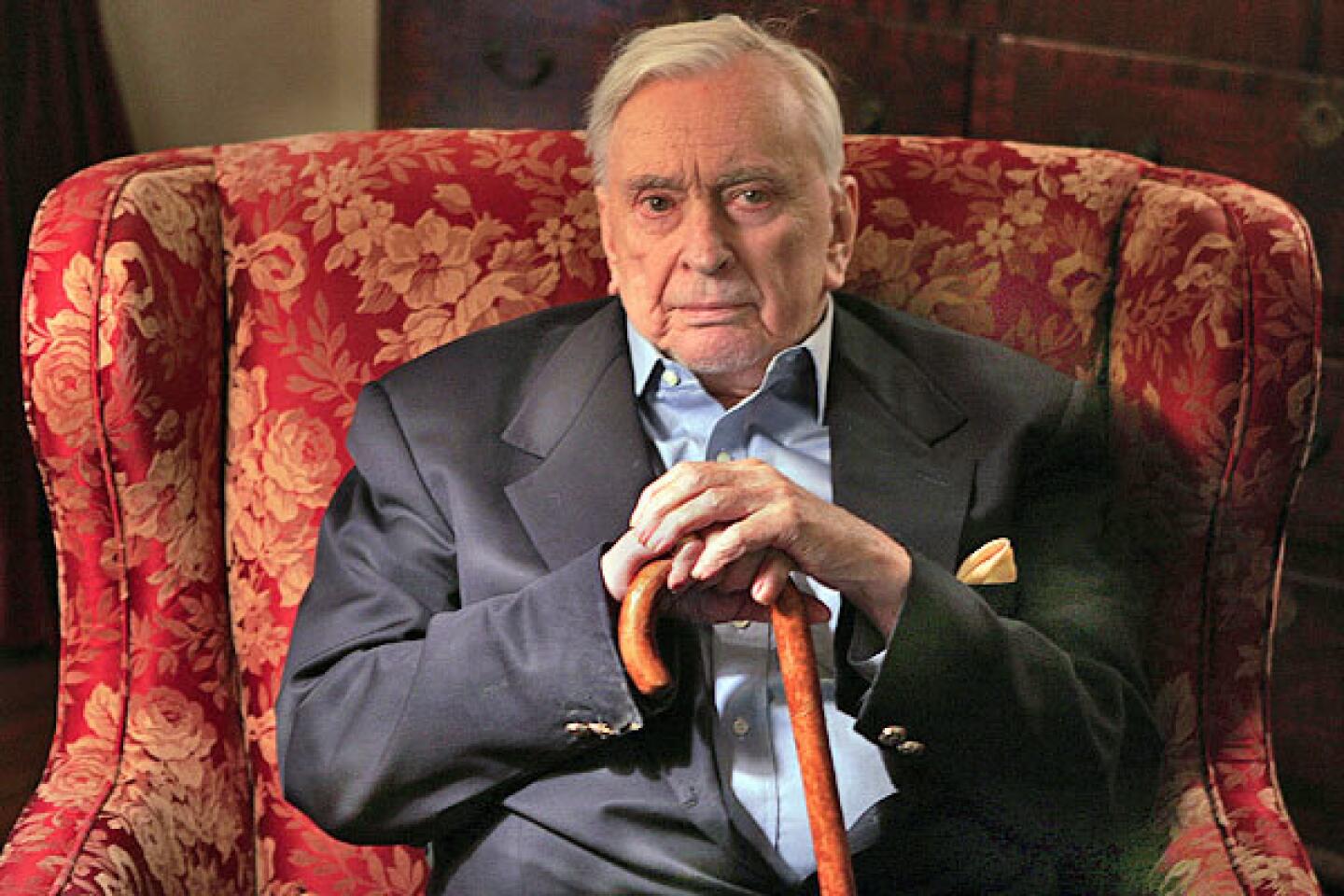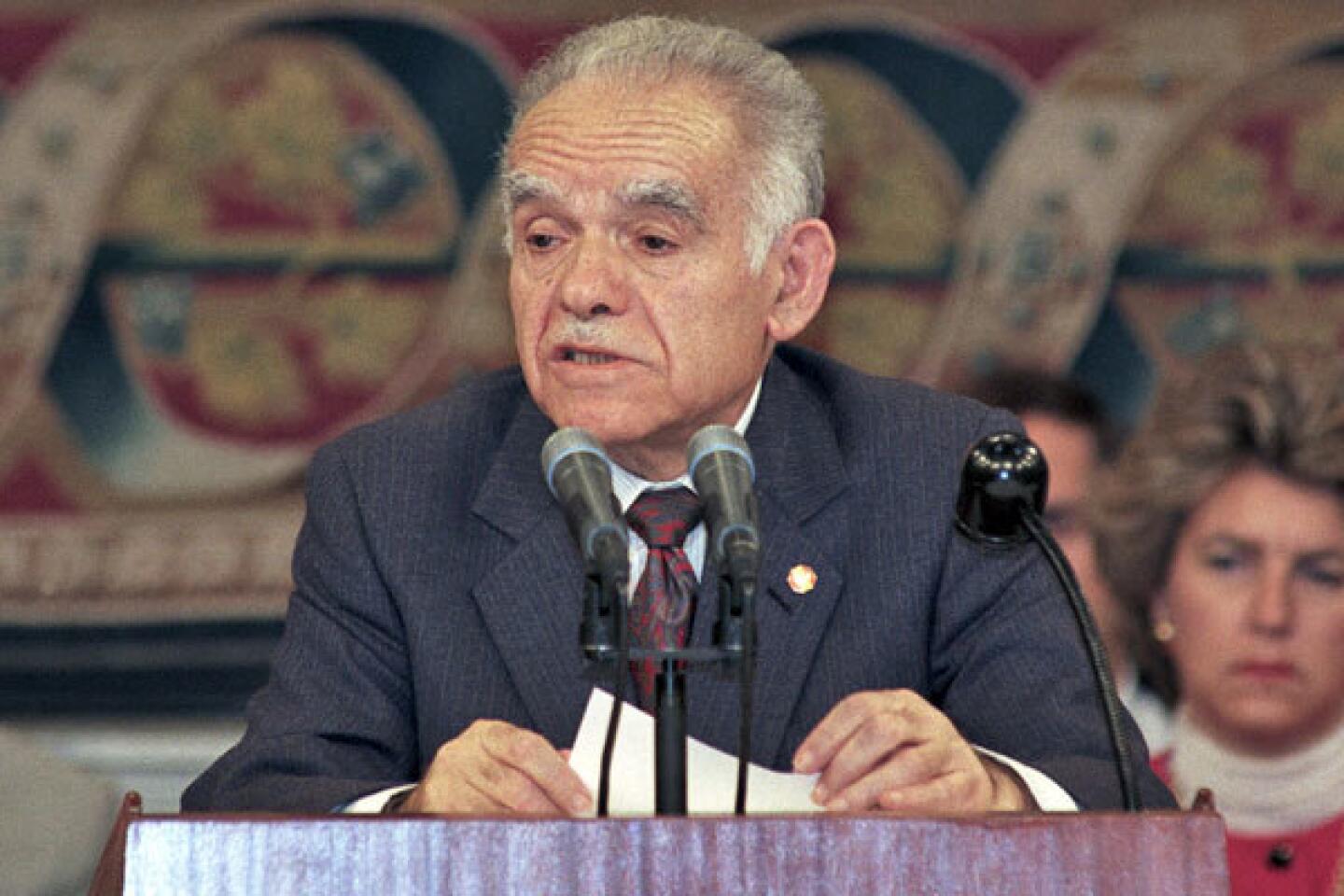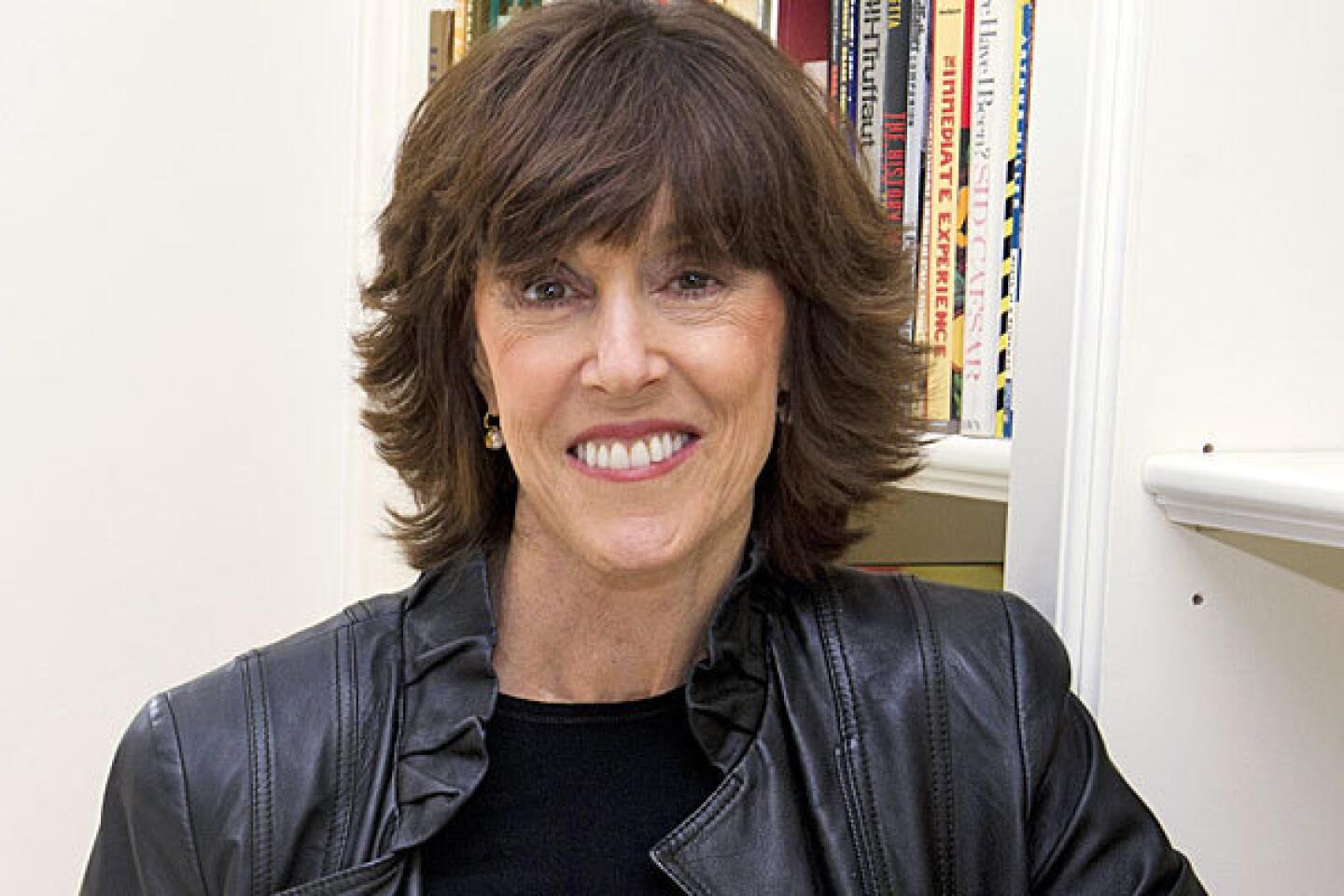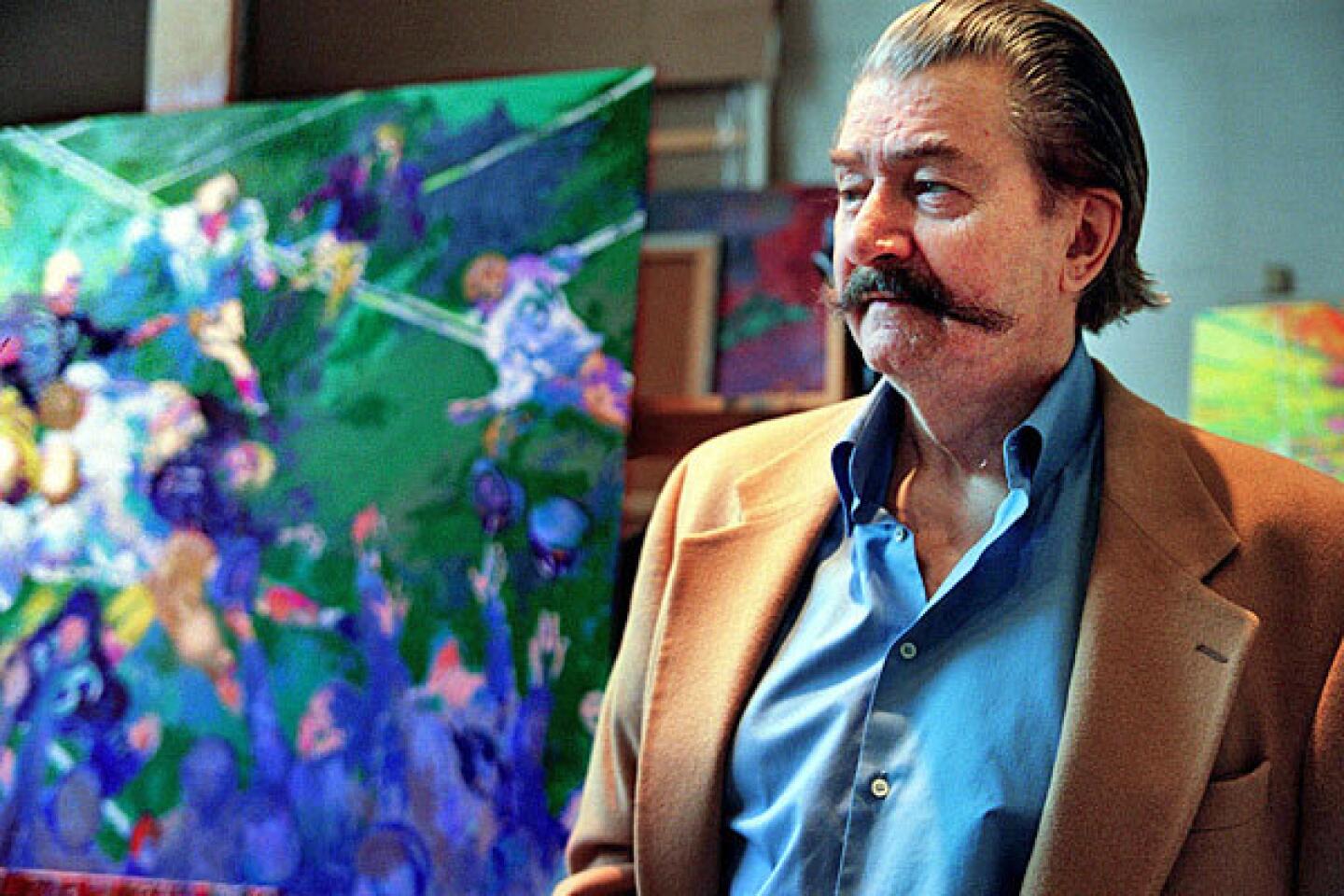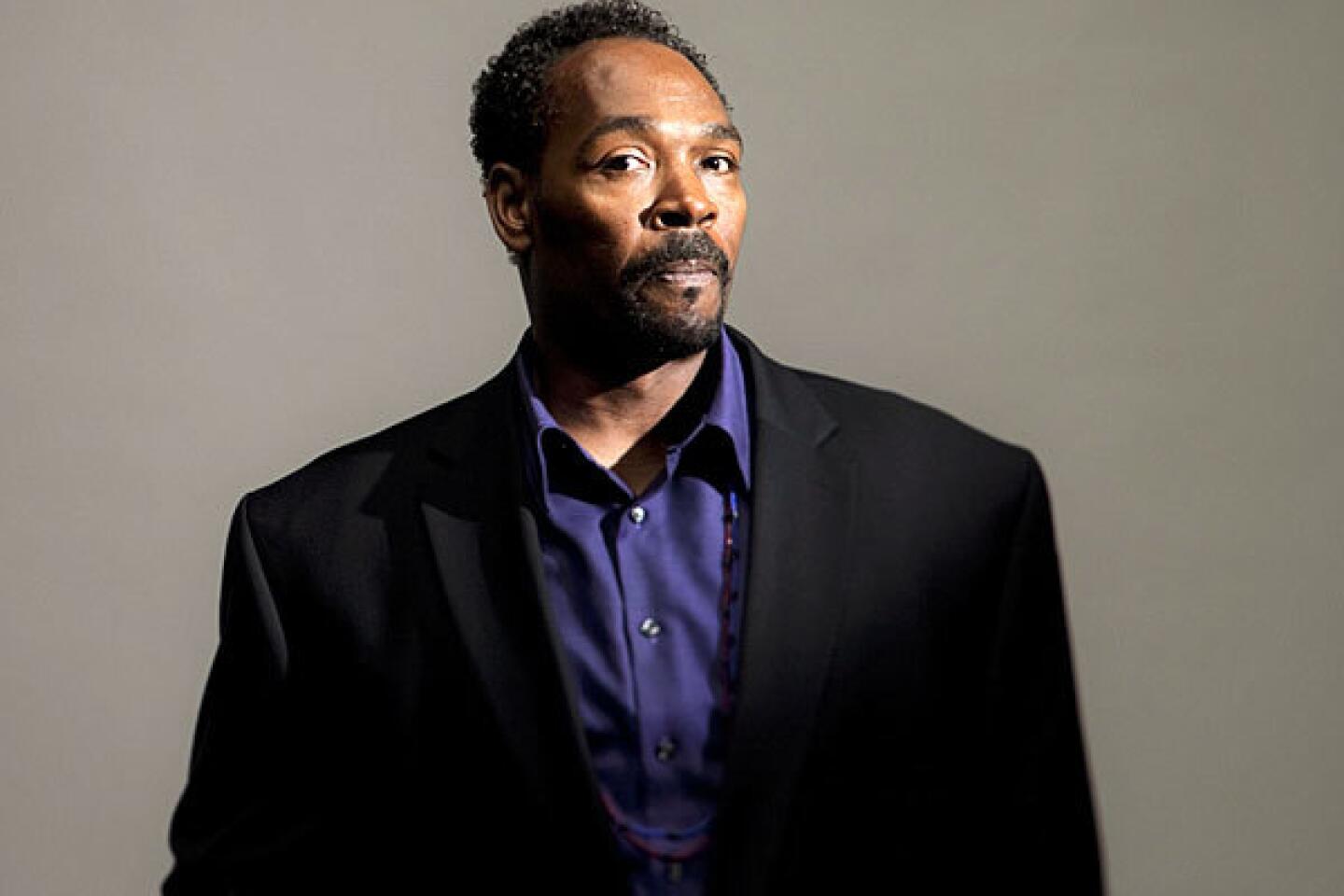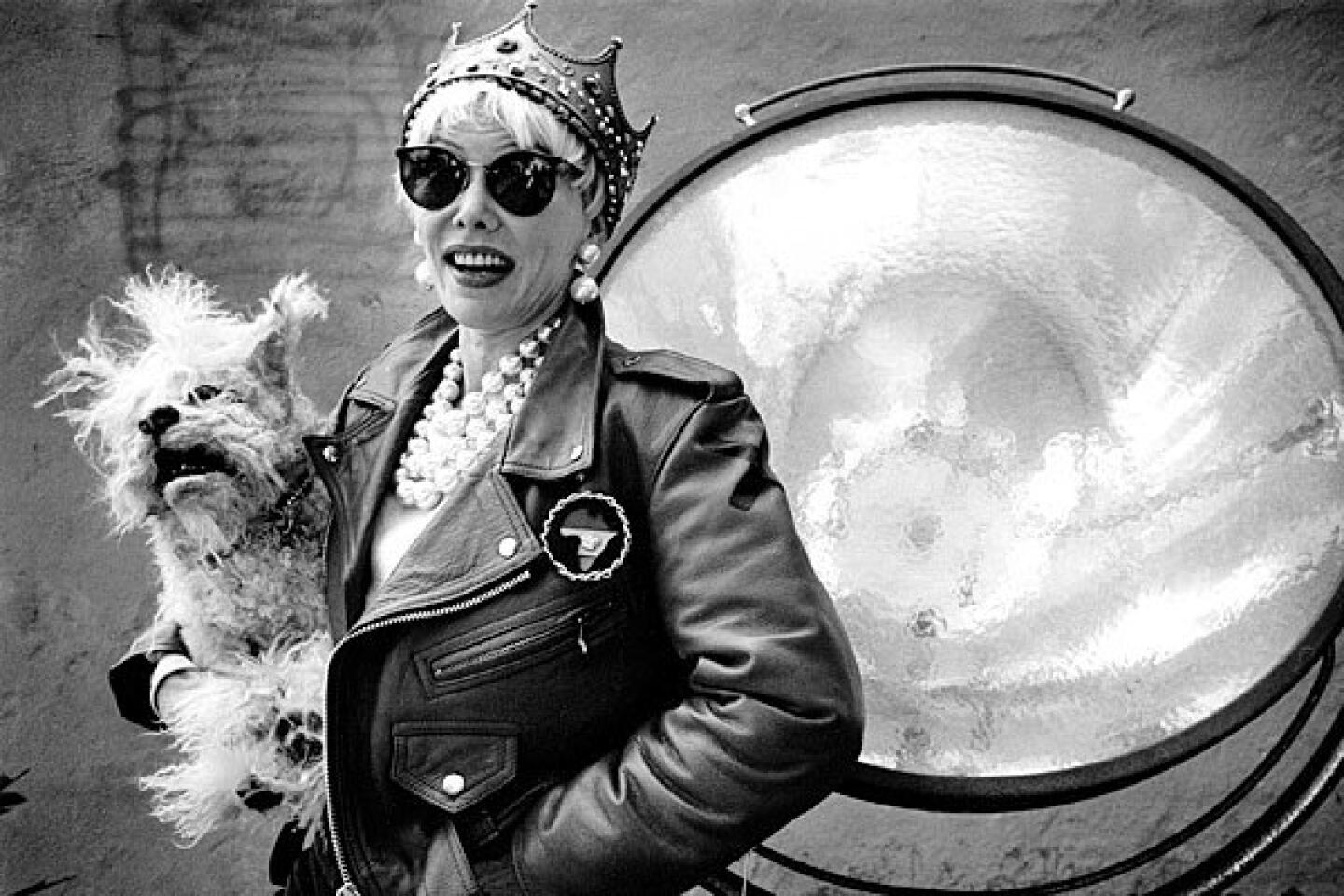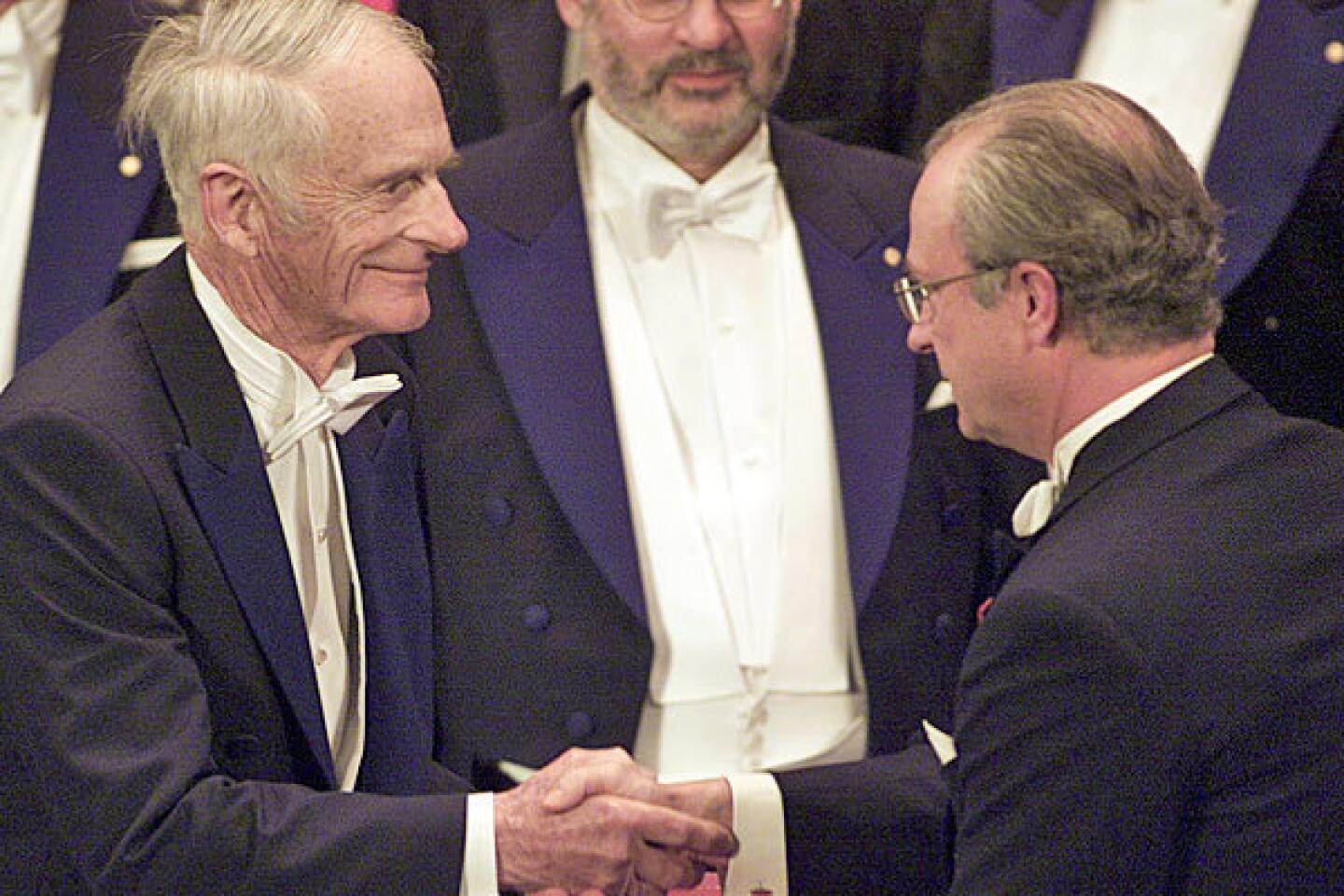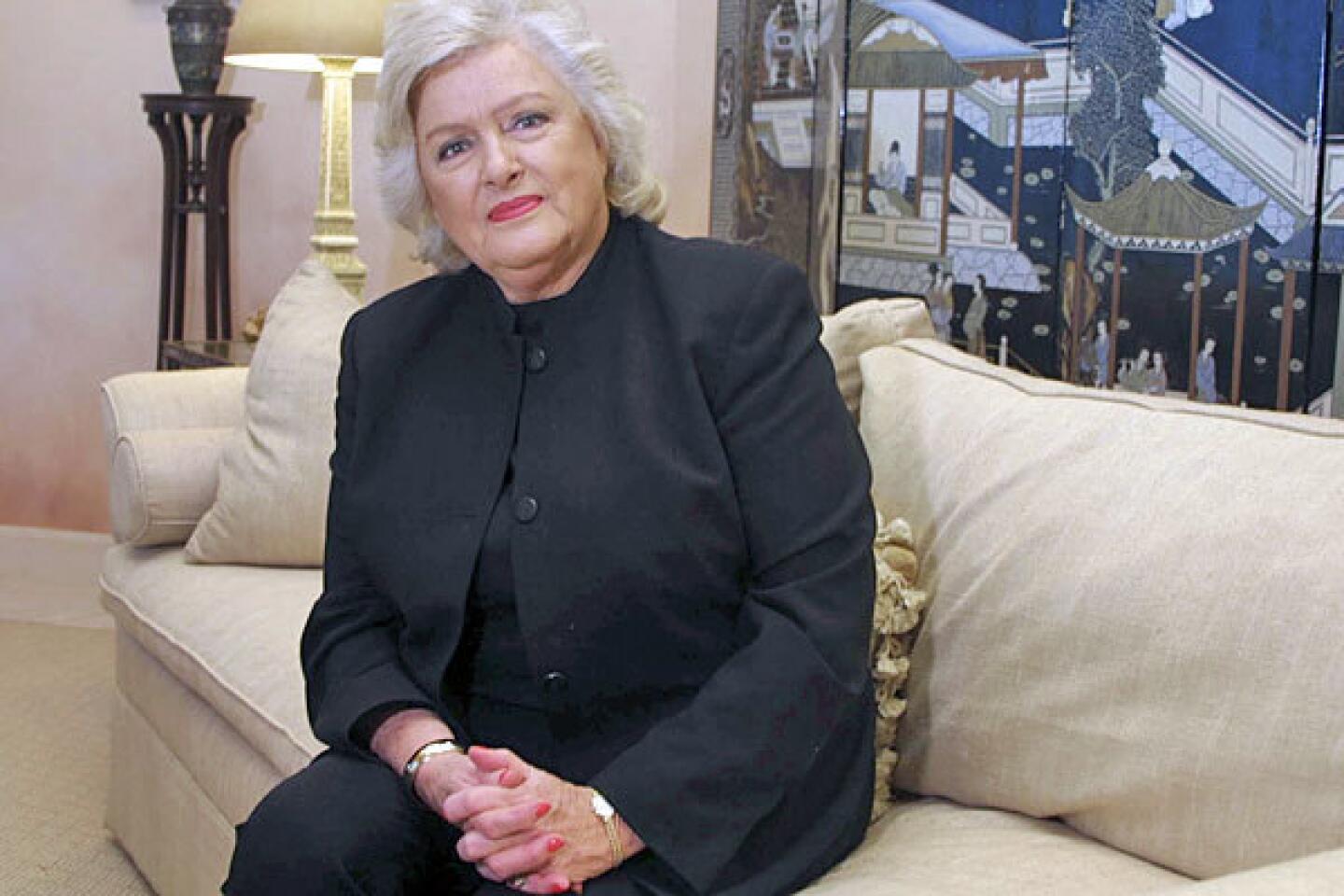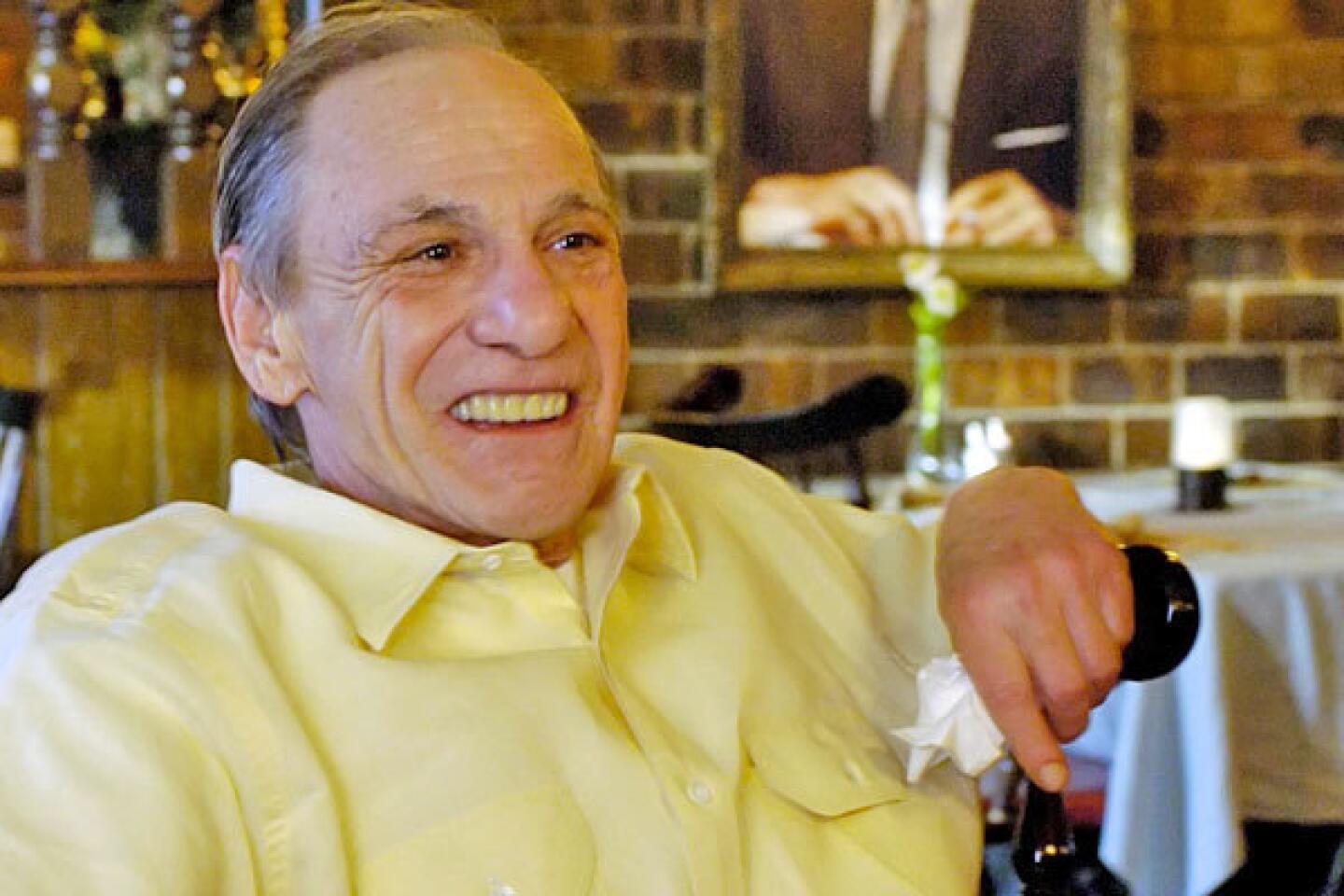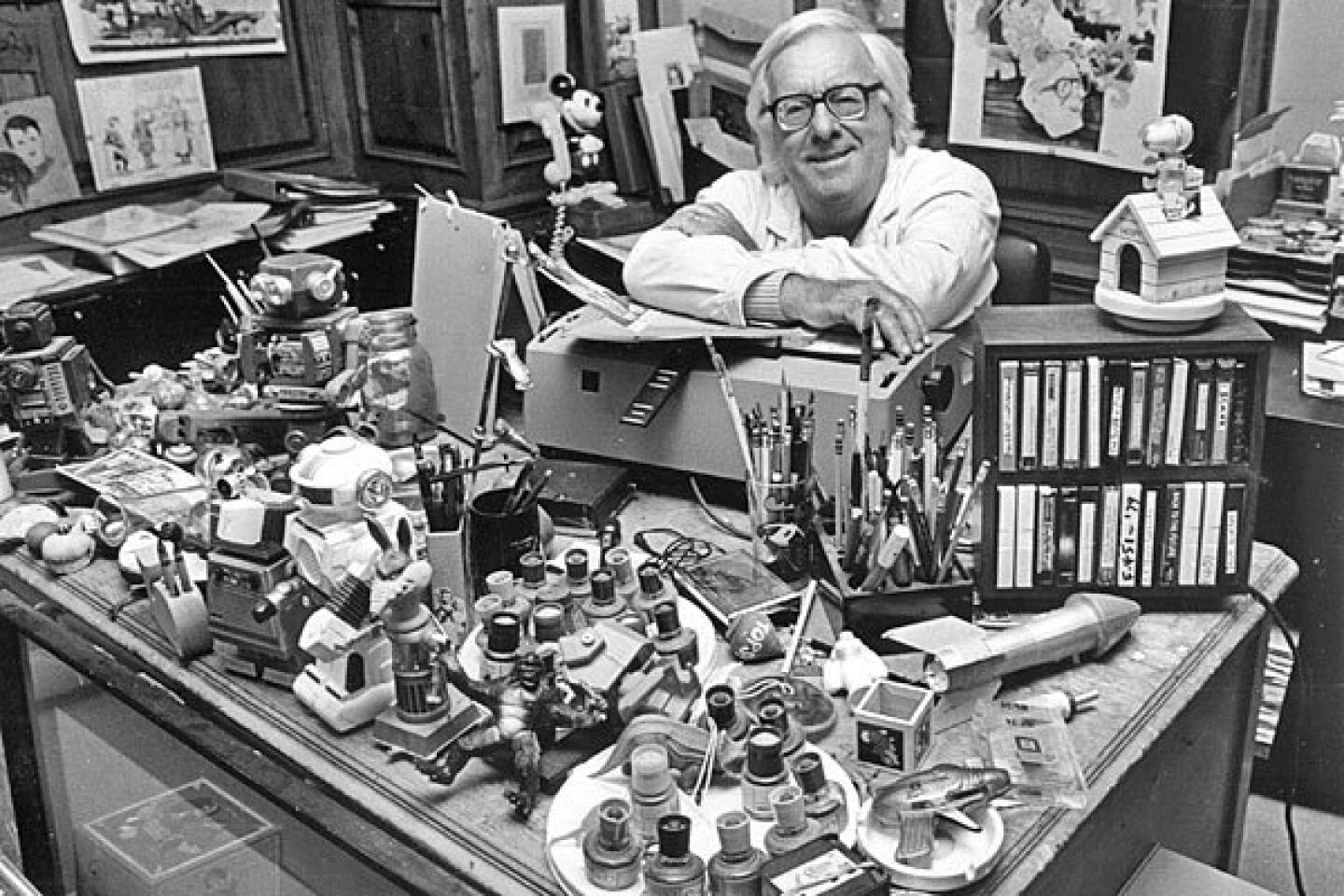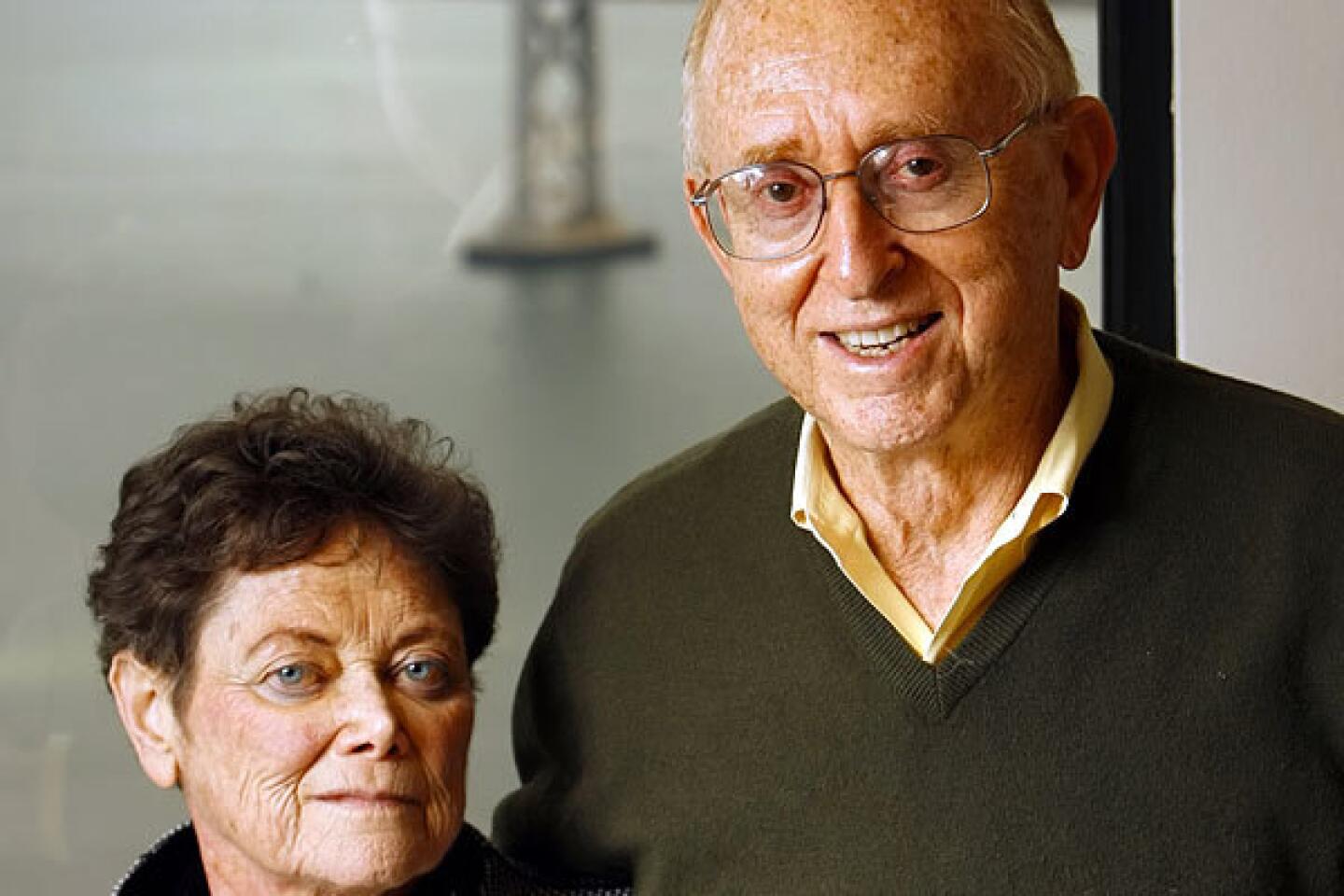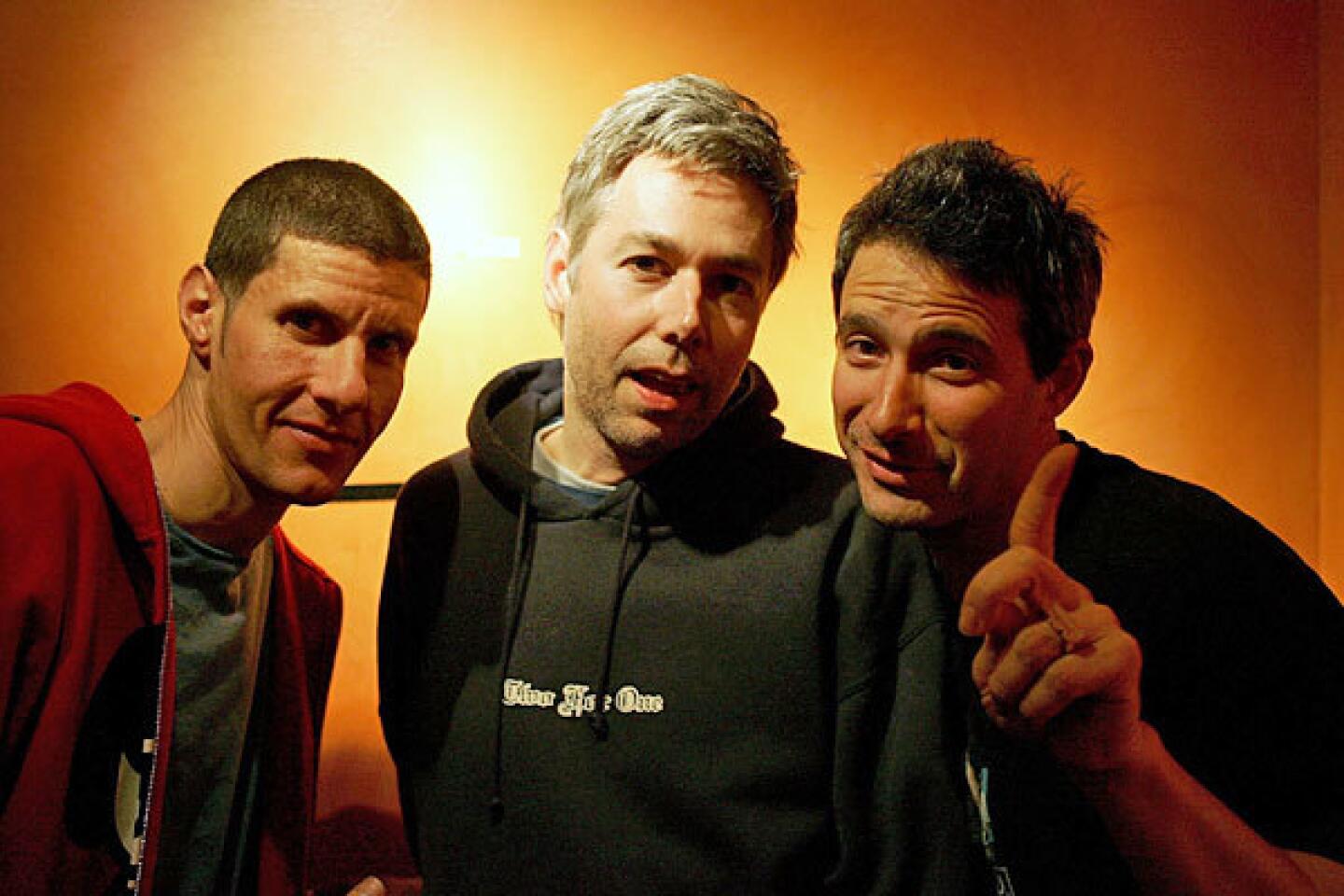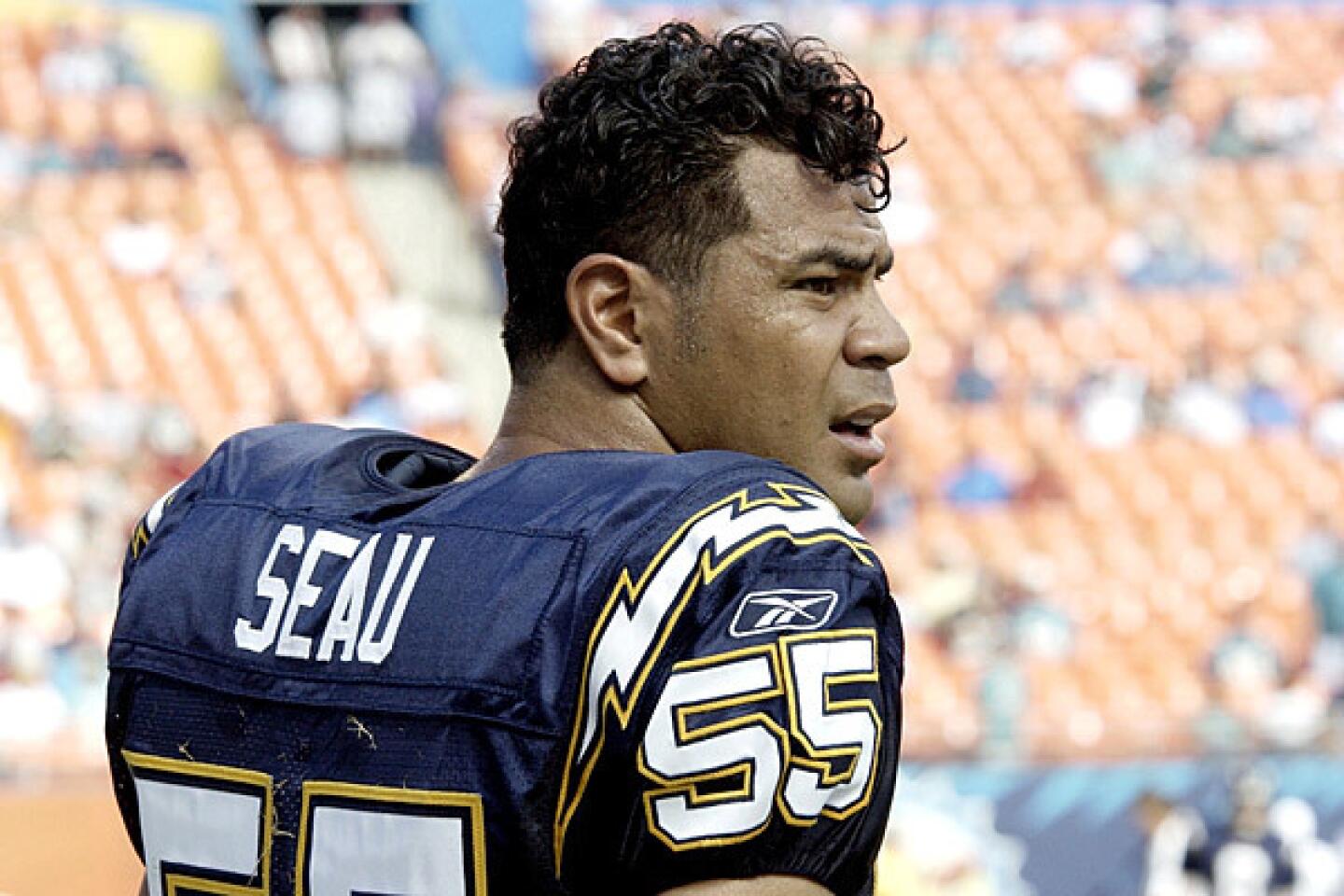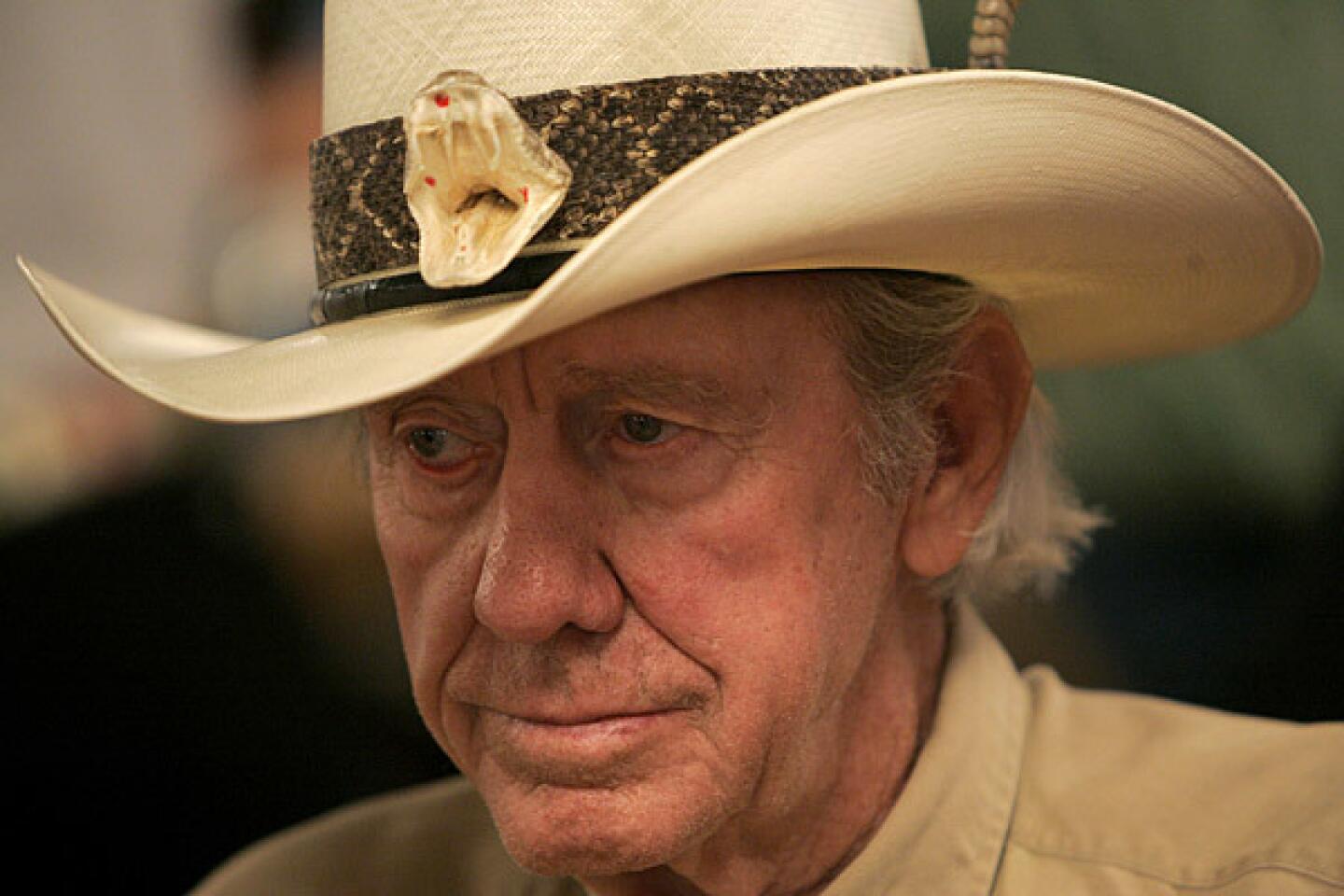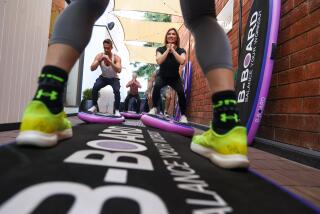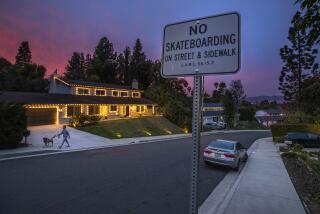Larry Stevenson dies at 81; skateboard innovator and publisher
Larry Stevenson, a Venice Beach lifeguard who helped popularize skateboarding in the early 1960s by marketing his Makaha boards to riders eager to essentially surf on land, has died. He was 81.
Stevenson, who had Parkinson’s disease, died Sunday at Santa Monica UCLA Medical Center, said his son, Curt.
“He was the guy who said, ‘I can merge surfing with the skateboard culture,’” said Michael Brooke, author of the 1999 skateboarding history “The Concrete Wave.” “At one point in time, there was nobody bigger making skateboards.”
From his lifeguard tower, Stevenson noticed kids riding rickety, often homemade, skateboards, and he had an epiphany, he later recalled. He knew he could engineer a better skateboard and, as publisher of Surf Guide, used the magazine to link the wheeled pastime to the exploding surf scene.
“I wanted to expand skateboarding because I knew it had room to expand,” Stevenson said in 2008 in TransWorld Skateboarding magazine. “I wanted to do something bigger and better.”
Working with his wife, Helen, in their garage, he began building skateboards designed to resemble surfboards. He improved the ride by replacing the steel wheels with a clay version and upgraded the trucks, the device that holds the wheels.
By 1963, he had begun mass-producing skateboards at 26th Street and Colorado Boulevard in Santa Monica. That year, he also made the first professional skateboard, naming it after legendary surfer Phil Edwards.
The same year, Makaha sponsored the first skateboard contest, with about 100 competitors at Pier Avenue Junior High in Hermosa Beach. His company also was the first to sponsor a skateboard exhibition team, according to skateboarding histories.
He promoted the brand with Surf Guide ads that showcased such famous surfers as Mike Hynson and Mike Doyle riding Makaha skateboards.
Around town, Surf Guide employees passed out free boards and recruited a crew of “young innovators who put down the first roots of sidewalk surfing’s stylistic aesthetic,” Keith David Hamm wrote in the skateboarding history “Scarred for Life” (2004).
Makaha — named for a big-wave Hawaiian surf spot — emerged as an industry leader and by the end of 1965 had sold $4 million in skateboards.
“For a young guy like me just starting out, it was like working with the Wizard of Oz,” said Bob Feigel, who managed the skateboard team and wrote for Surf Guide. “He was just so full of ideas and energy, and he was able to translate those ideas into reality.”
In 1965, the American Medical Assn. labeled skateboards “a new medical menace.” Safety experts urged stores not to sell skateboards and advised parents not to buy them.
The fad died as quickly as it began, as did sales for Makaha.
“One week I was getting so many orders, people were leaving them on my doorstep.... The next, I was getting 75,000 cancellations in a single day!” Stevenson recalled in “The Skateboarder’s Bible” (1976).
He shut down the factory in 1966 and returned to his lifeguard chair, but he continued to ponder building a better skateboard.
In 1969, Stevenson applied for and was later granted a patent for a design that would help revolutionize skateboarding — the kick-tail. His was a metal bar that sloped up and away from the board, which allowed riders to tilt the plank and made it easier to do tricks.
The kick-tail “brought skateboarding out of the dark ages into the light,” Feigel said.
Stevenson began mass-producing a molded kick-tail skateboard “that looked hot enough to rejuvenate the sagging skateboard market,” Mike Purpus, a Makaha skateboard team member, wrote in 2005 in the South Bay Easy Reader.
With Stevenson’s invention, the first generation of skateboarders laid down the foundation of tricks and style, according to skateboarding histories.
Other manufacturers soon began copying Stevenson’s design and almost universally refused to pay him royalties. Financially, the invention nearly ruined him as he tried to protect the patent in court. In 1982, the Supreme Court refused to review a decision that found the kick-tail too “simple” to merit patent protection.
With the advent of the kick-tail and the polyurethane wheel, which made the ride faster and smoother, skateboarding fully took off again in 1973. Makaha rode the second wave, and Stevenson recouped his losses from the earlier skate bust. His son, Curt, now heads the company, which is known for its retro line of skateboards.
Richard Lawrence Stevenson was born Dec. 22, 1930, in Los Angeles, the second of two sons of Leonard Stevenson and the former Inez Kiem. His father was from a wealthy family that went broke during the Depression.
When his father left his wife and sons, Larry and his brother were often cared for by their maternal grandmother and spent about six years at the McKinley Home for Boys, then in Van Nuys.
In interviews, Stevenson fondly recalled a 1939 Christmas visit to the home by actor Leo Carrillo, who gave the boys scooters.
After graduating from Venice High School in 1949, Stevenson joined the Navy and served as an airplane mechanic during the Korean War.
Returning home in 1954, he swam competitively at Santa Monica College and USC, where he earned a bachelor’s degree in business.
From 1963 to 1965, he published Surf Guide and in 1988 became a publisher of the skateboarding magazine Poweredge.
Ever the inventor, Stevenson devised a battery-operated armpit cooler to help nervous salespeople avoid sweating. When he noticed that saltwater naturally slicked down hair, he came up with a saltwater-based hair spray.
Upset by rising home prices, Stevenson teamed with a structural engineer to develop an easy-to-assemble prefabricated house. Introduced in 1981, the Lifehouse was a 640-square-foot structure that was made to sell for less than $13,000. The house was used in disaster areas, according to Feigel.
At Makaha, Stevenson remained active late in life, making modern high-performance skateboards and reproductions of vintage designs.
Stevenson, who was divorced from Helen but remained close to her, is survived by his son.
A service is planned at Venice Beach. Details will be posted at Stevenson’s Facebook page, https://www.facebook.com/RichardLStevenson.
More to Read
Start your day right
Sign up for Essential California for the L.A. Times biggest news, features and recommendations in your inbox six days a week.
You may occasionally receive promotional content from the Los Angeles Times.


